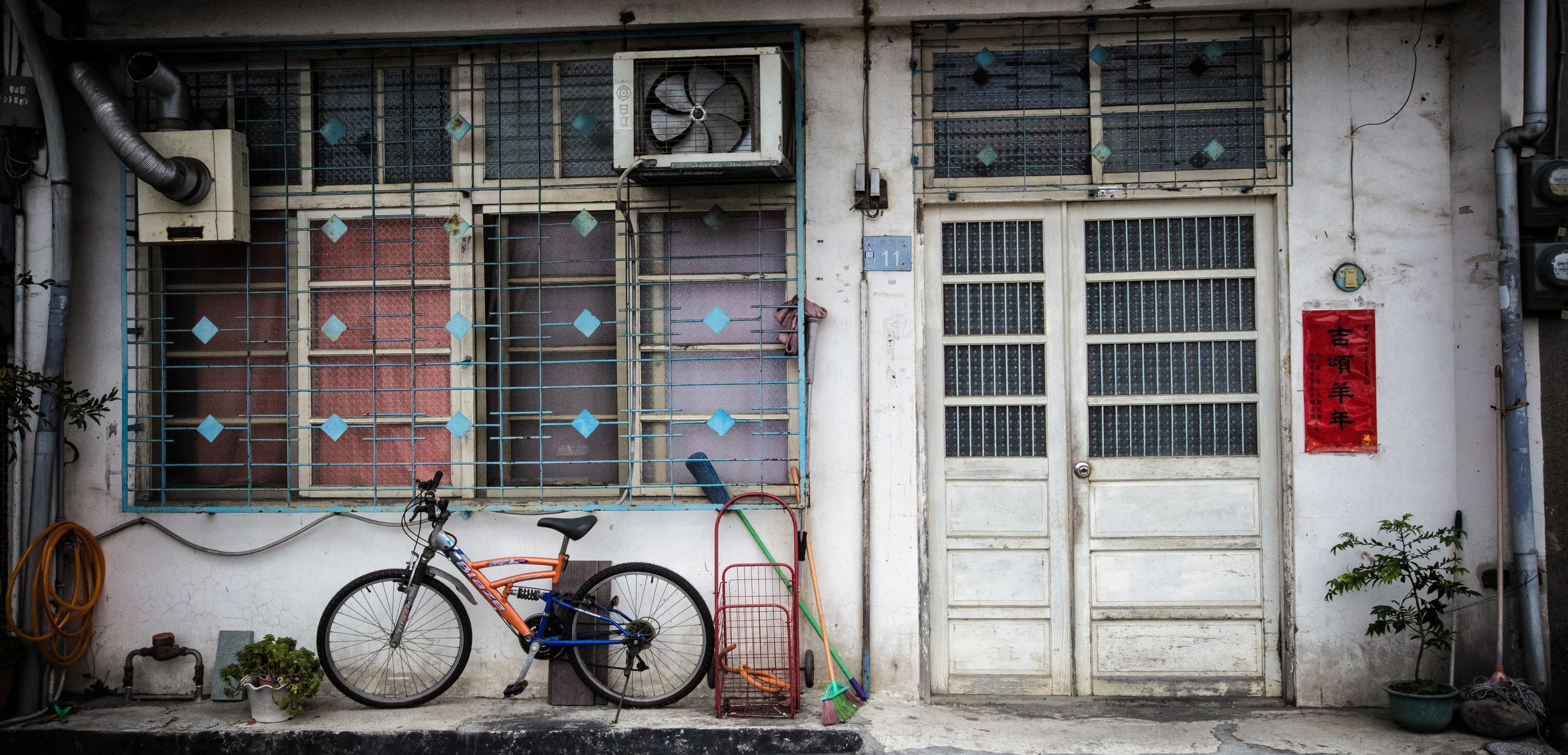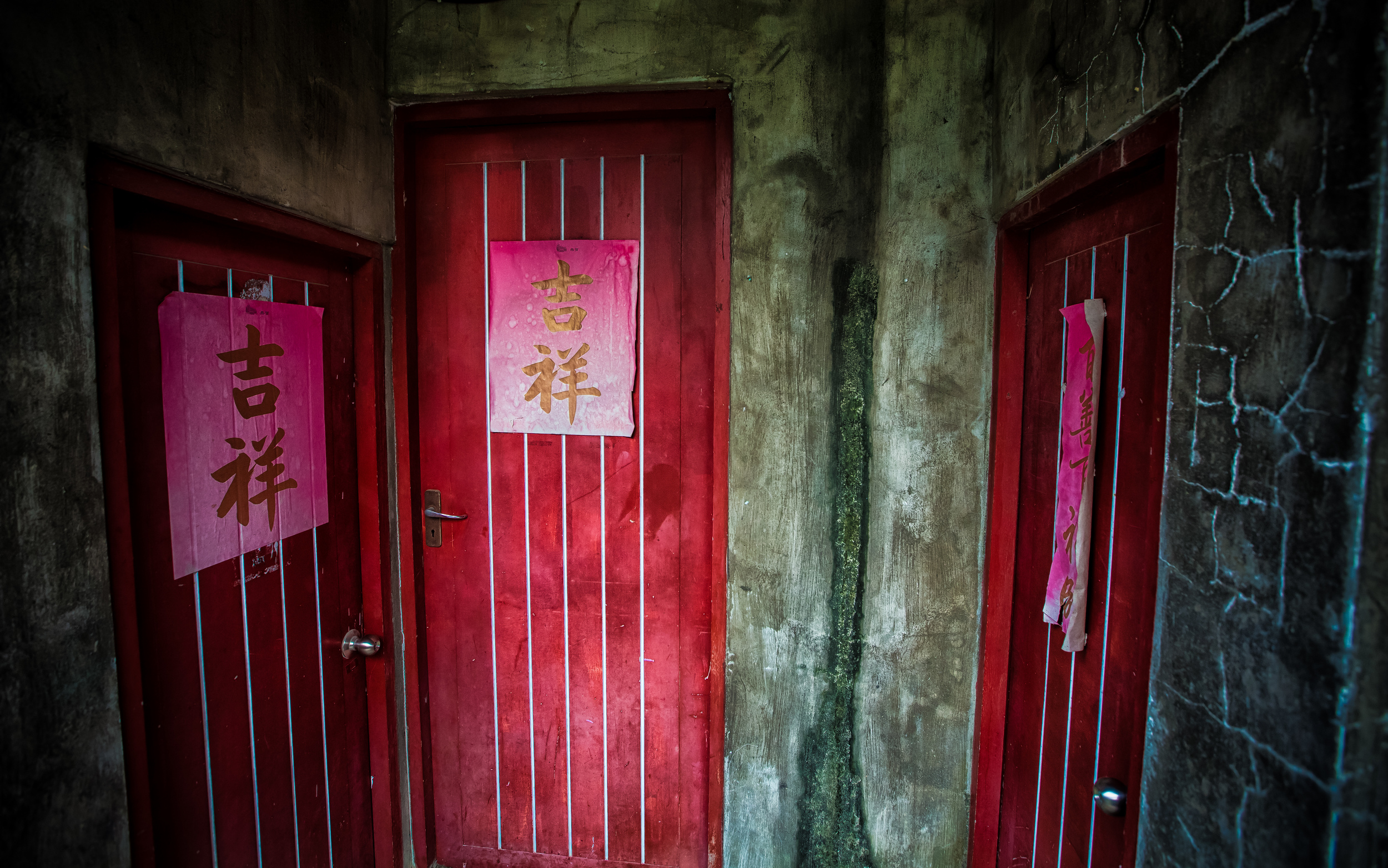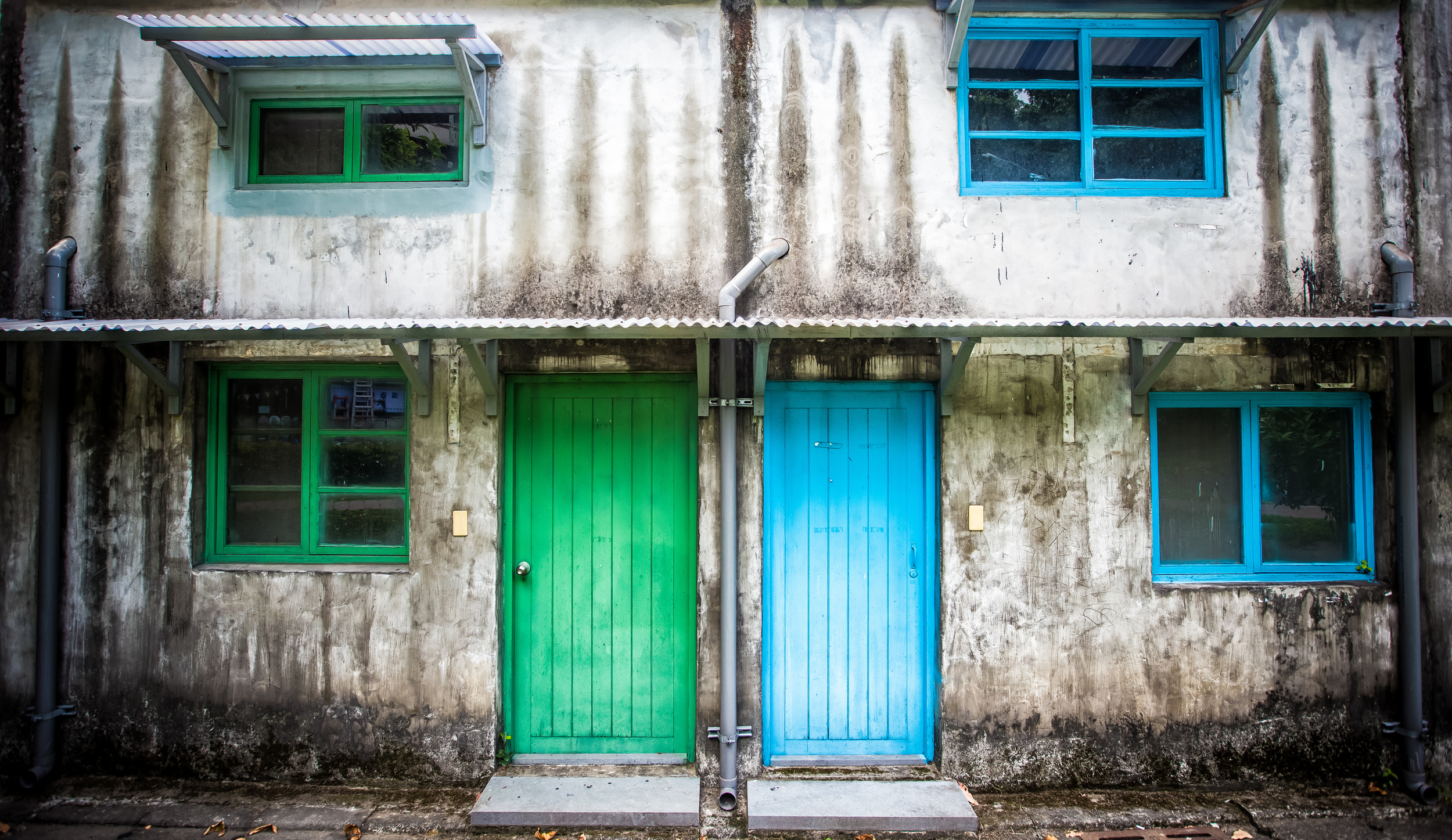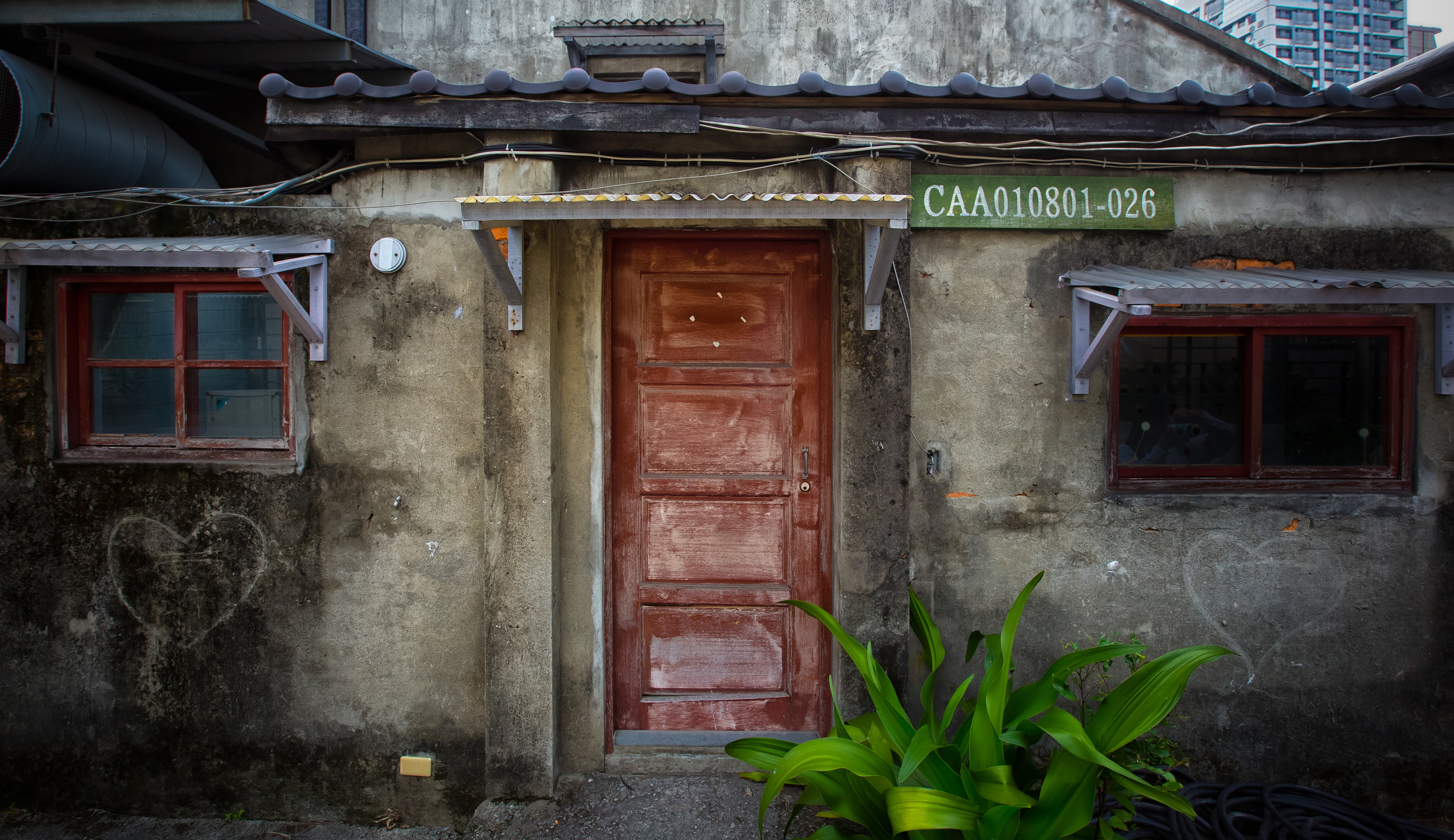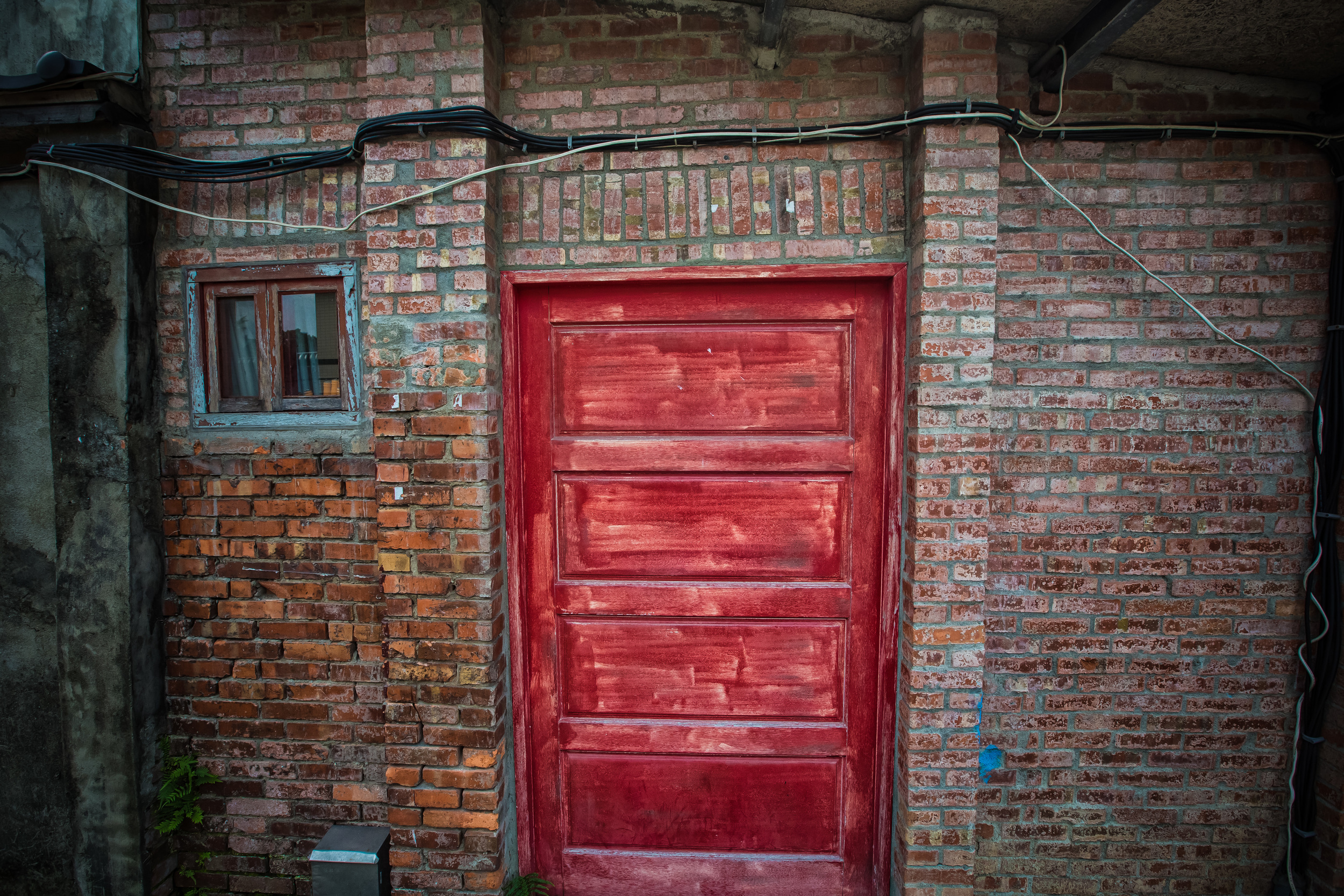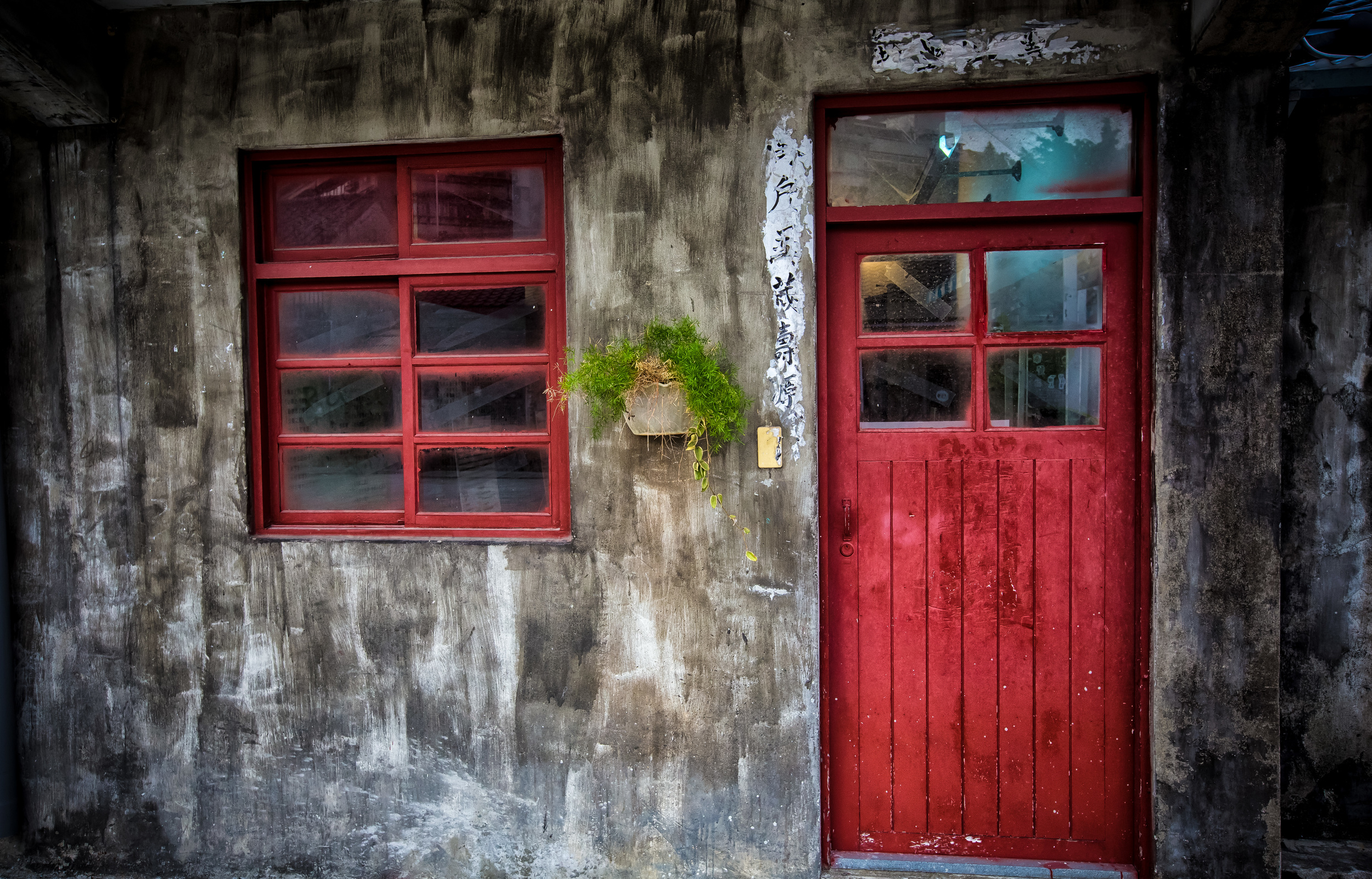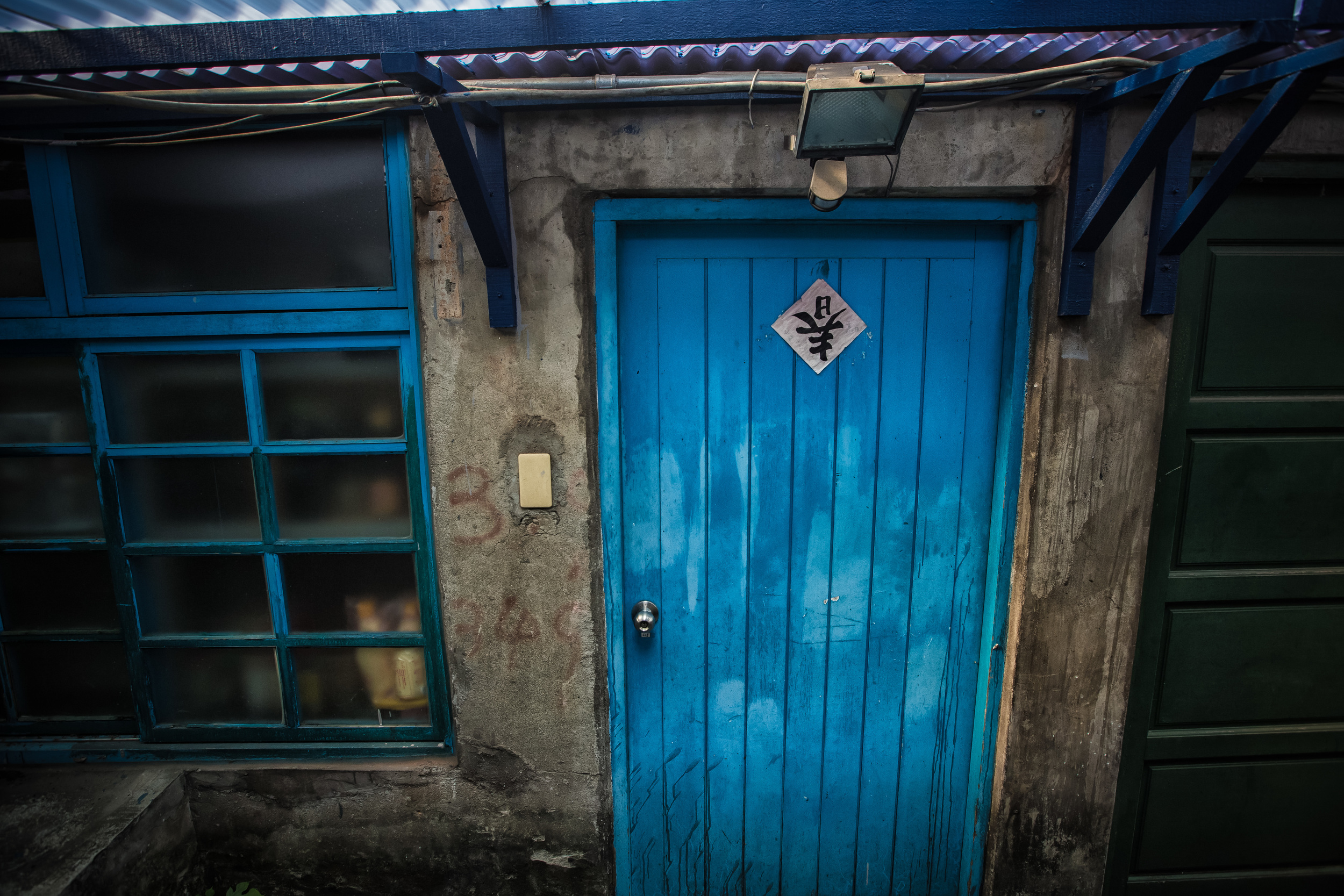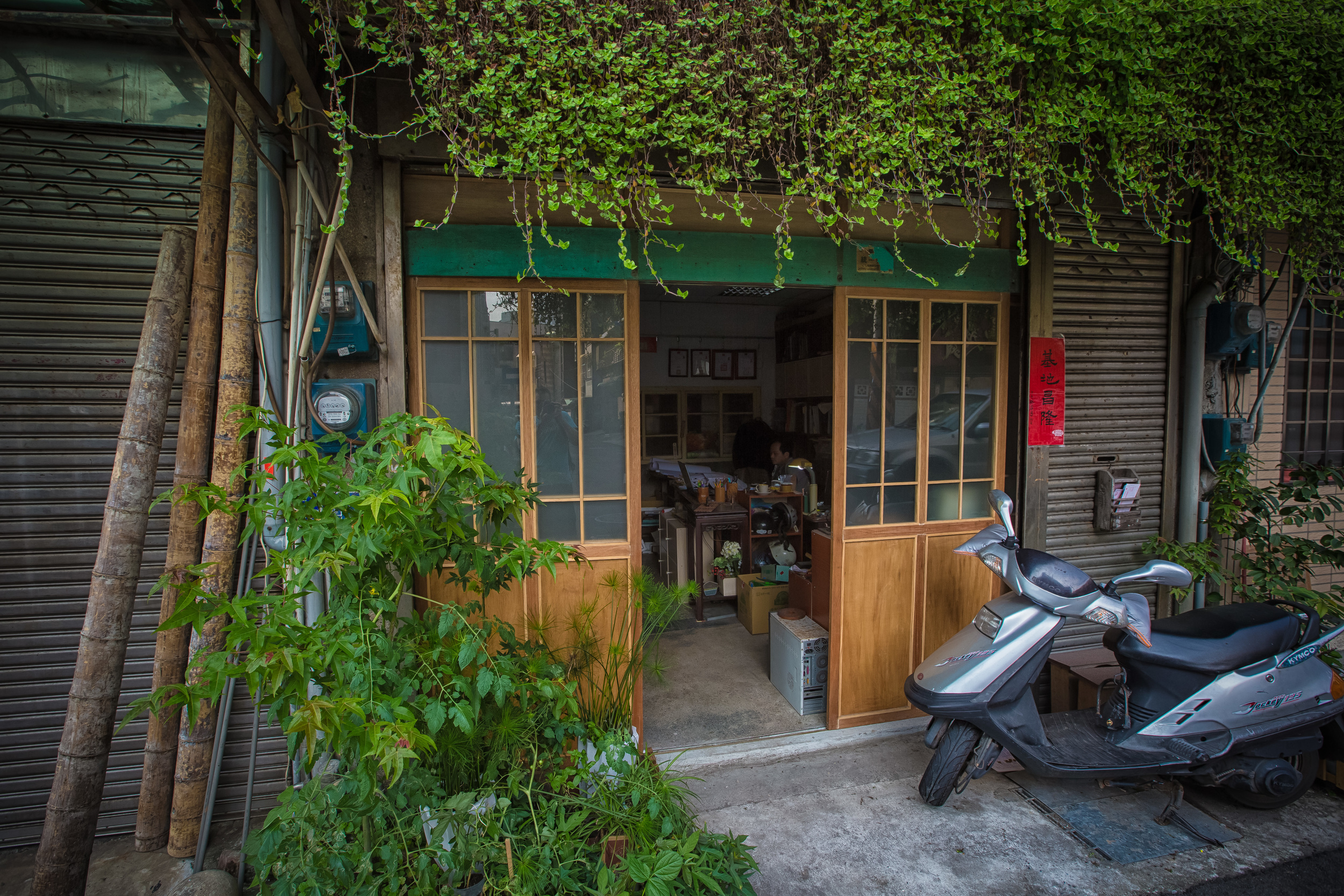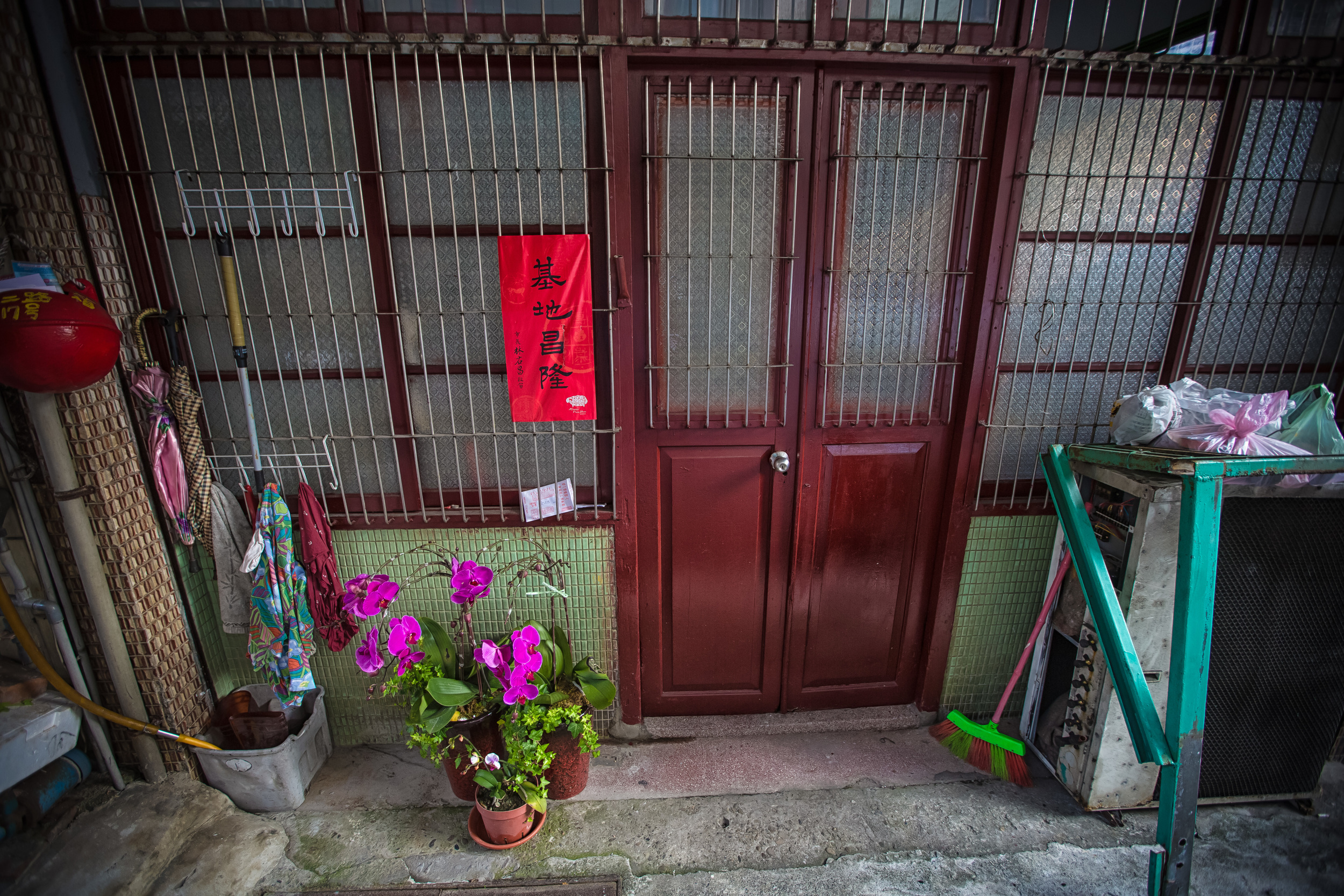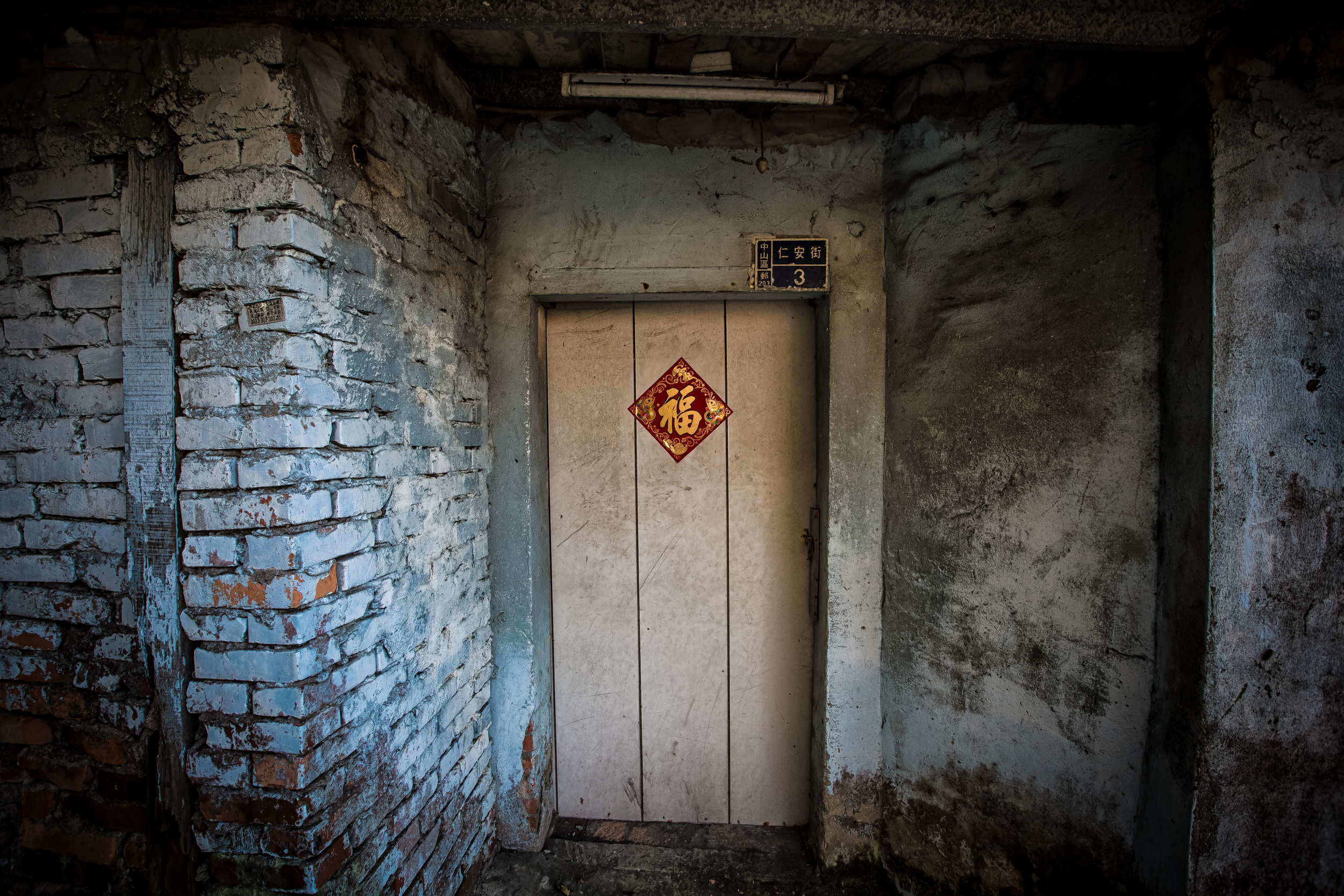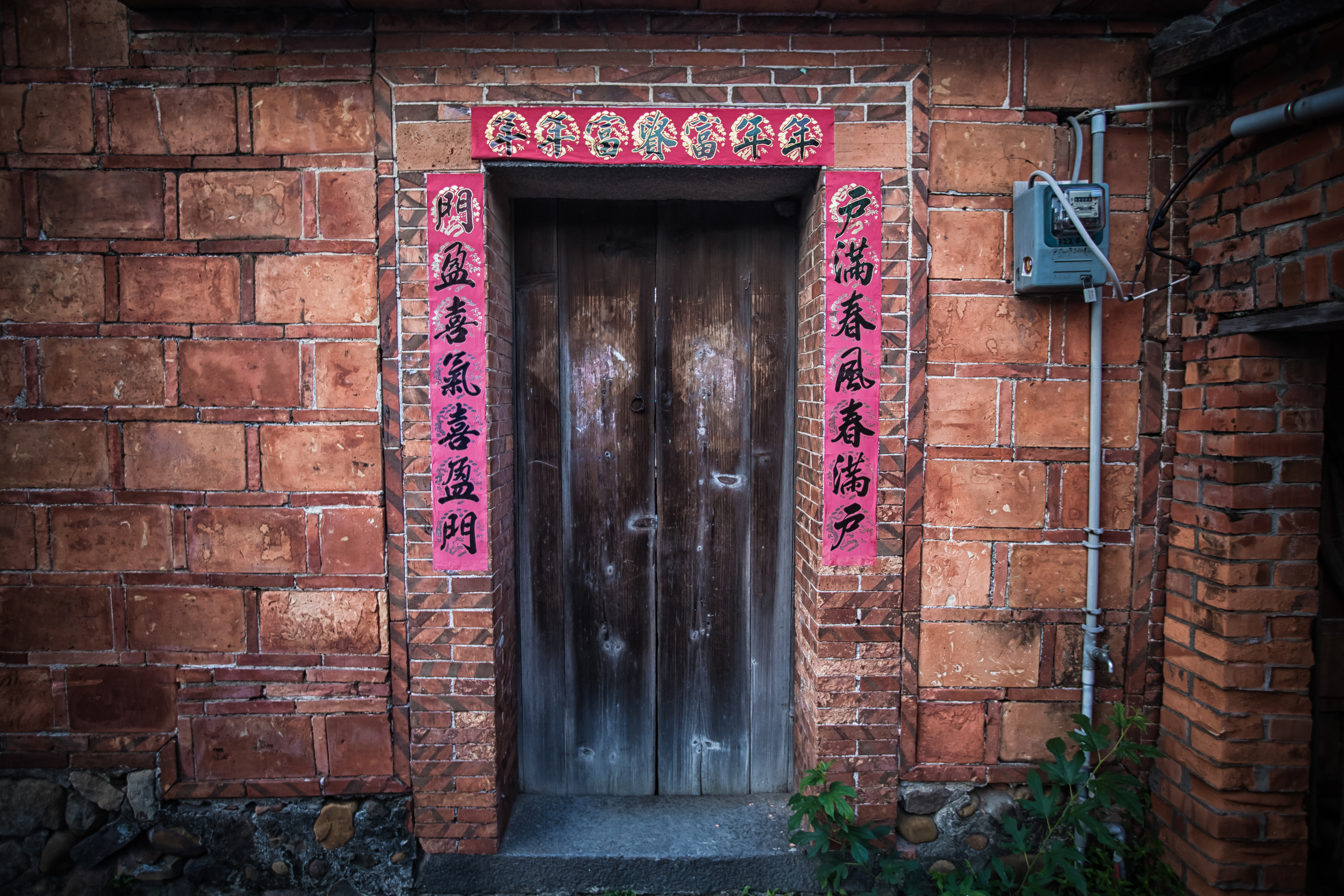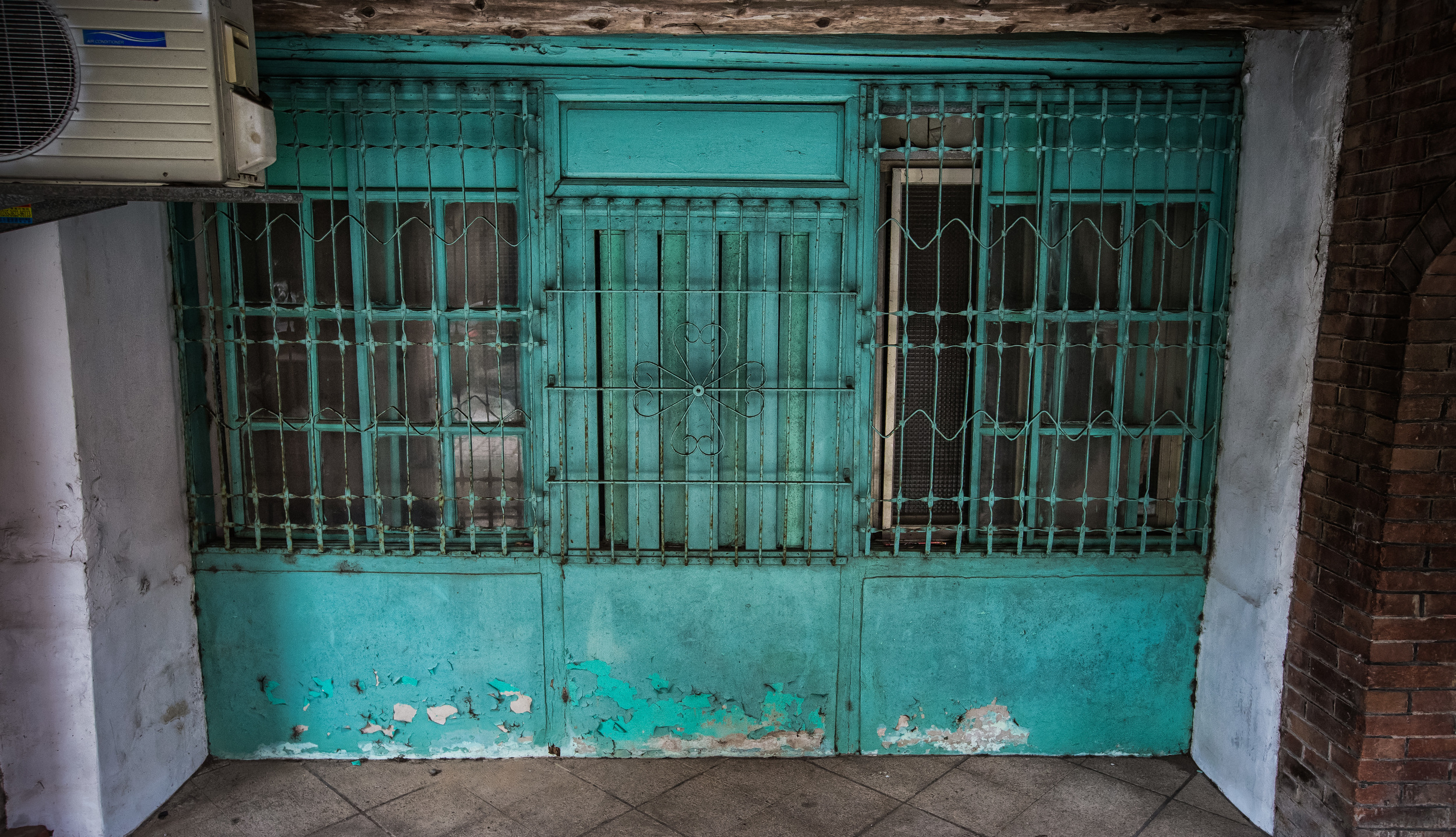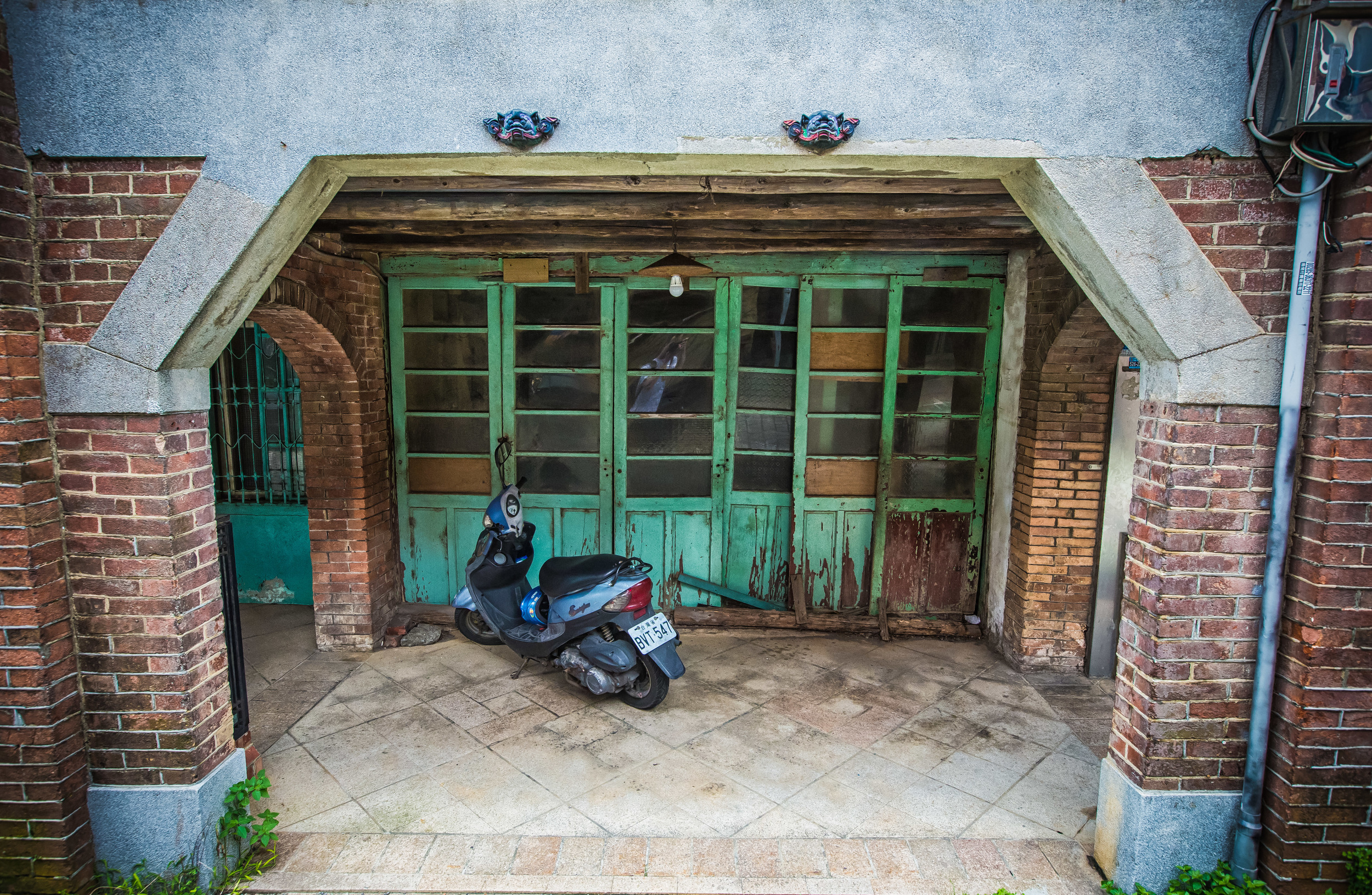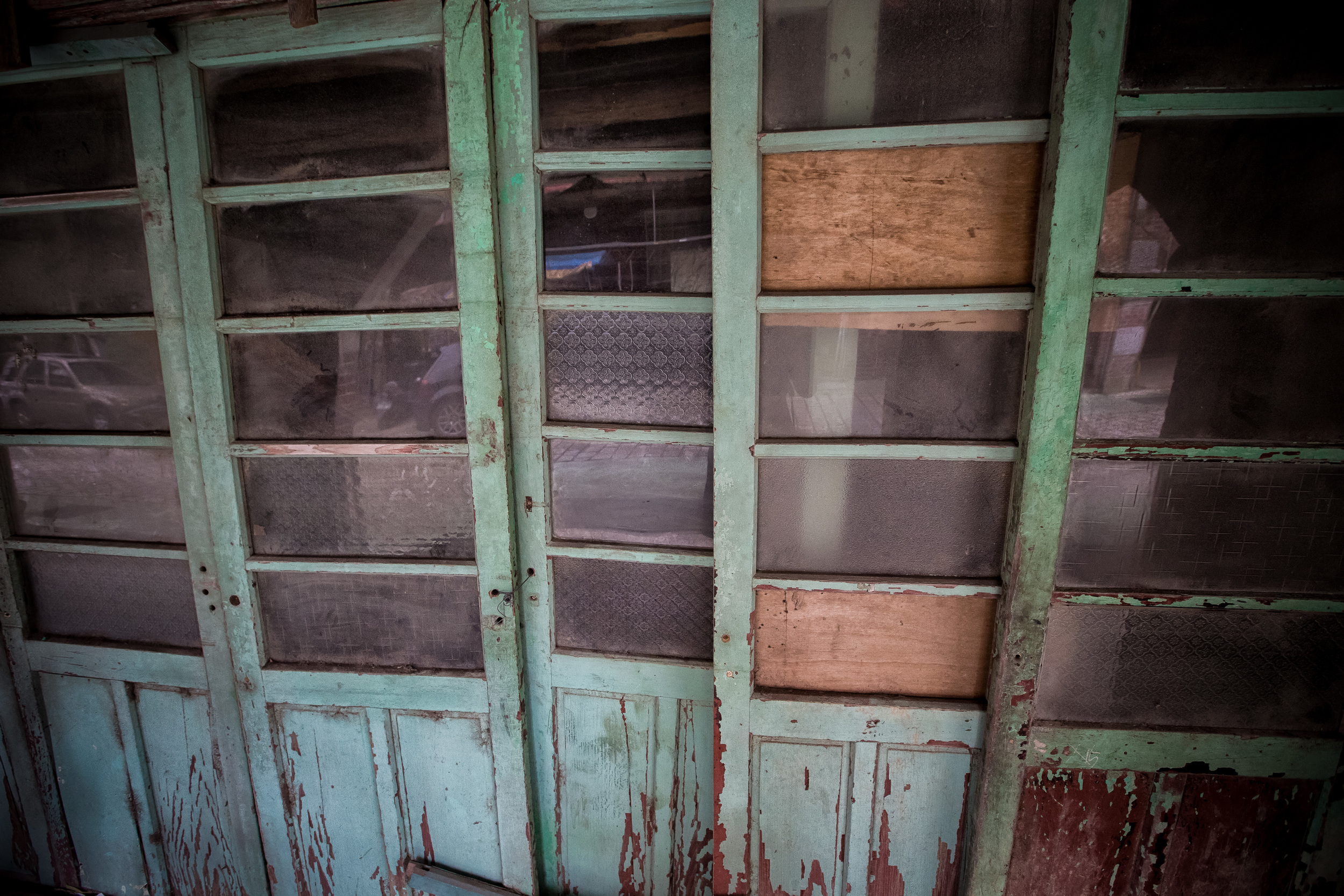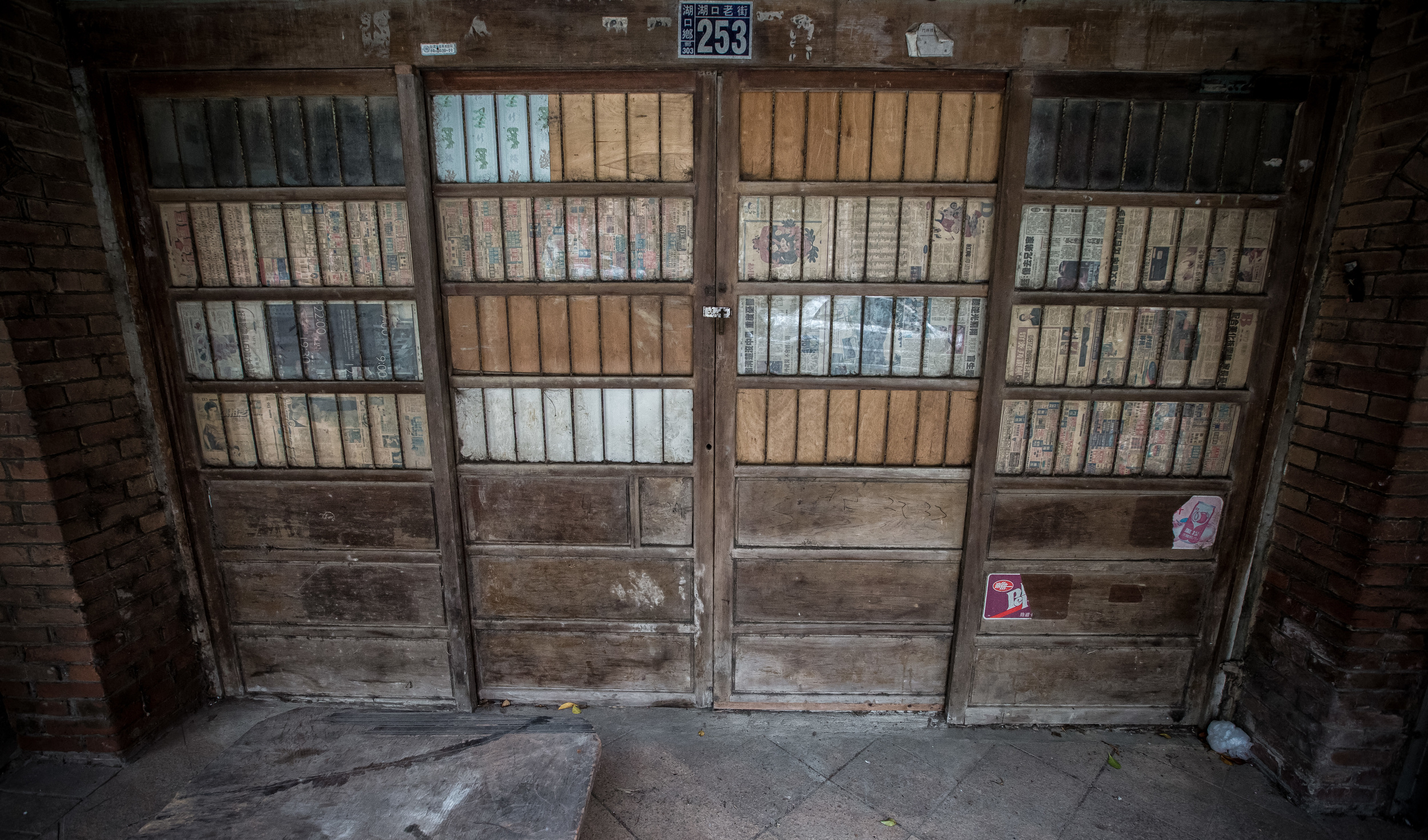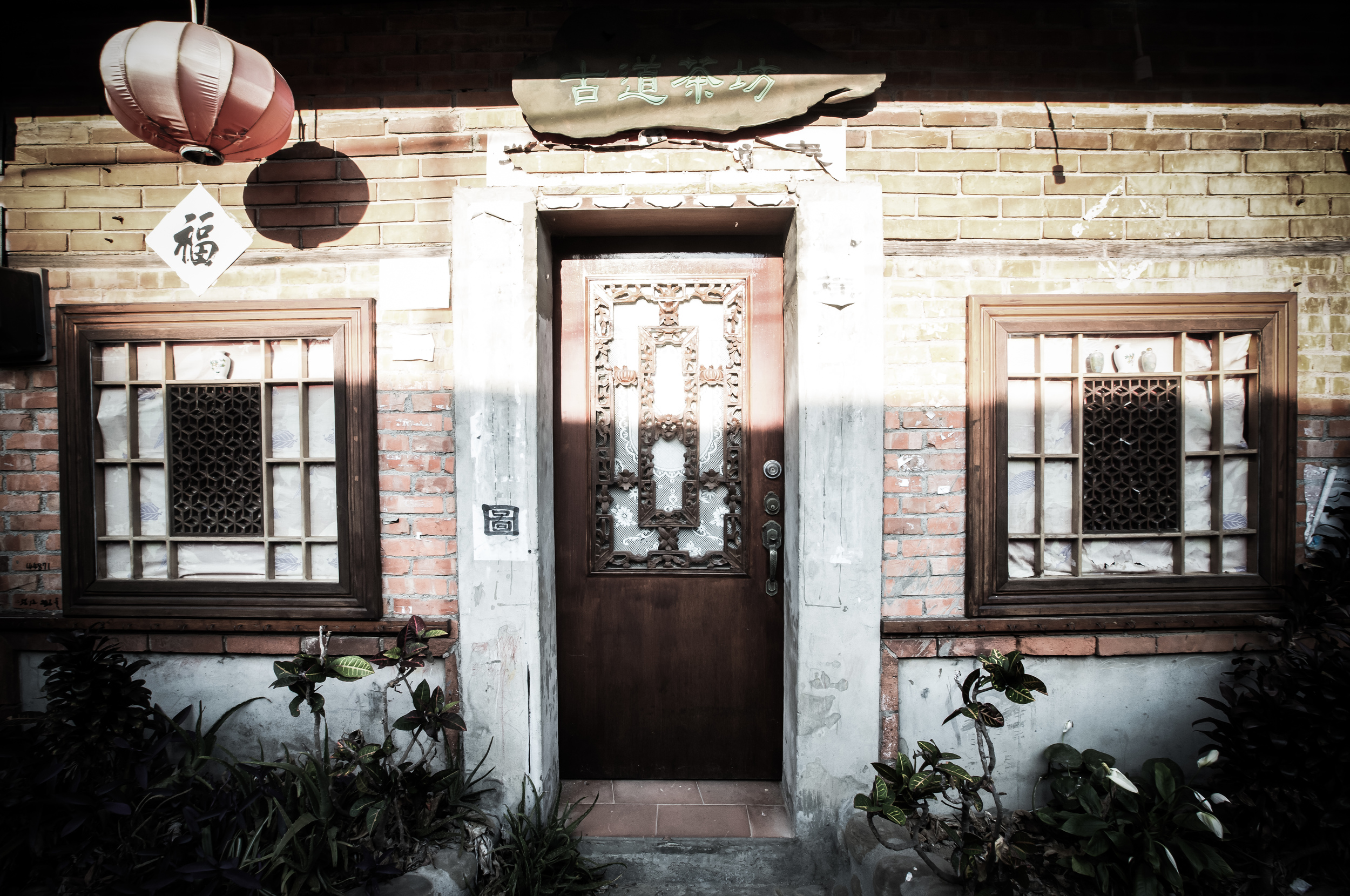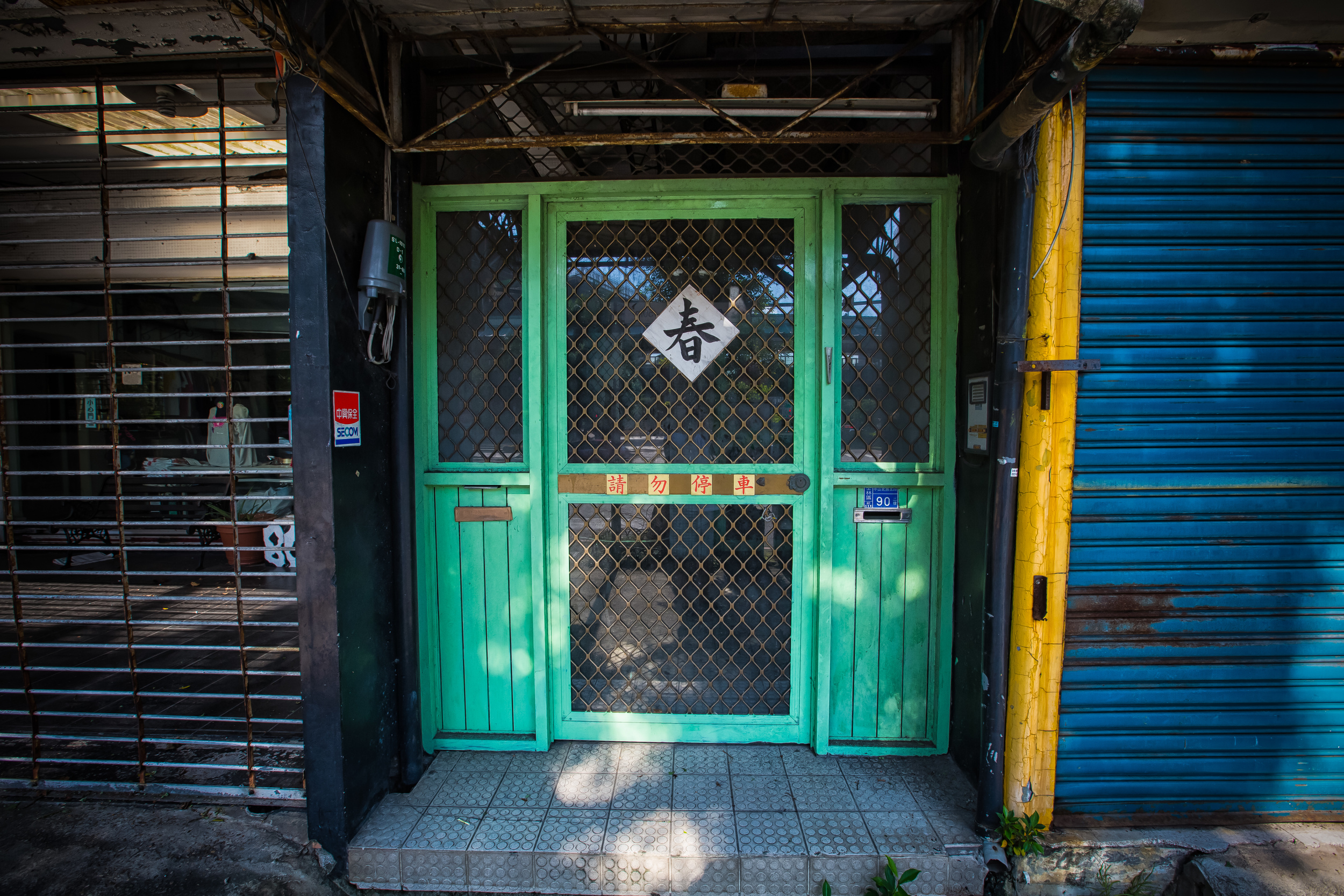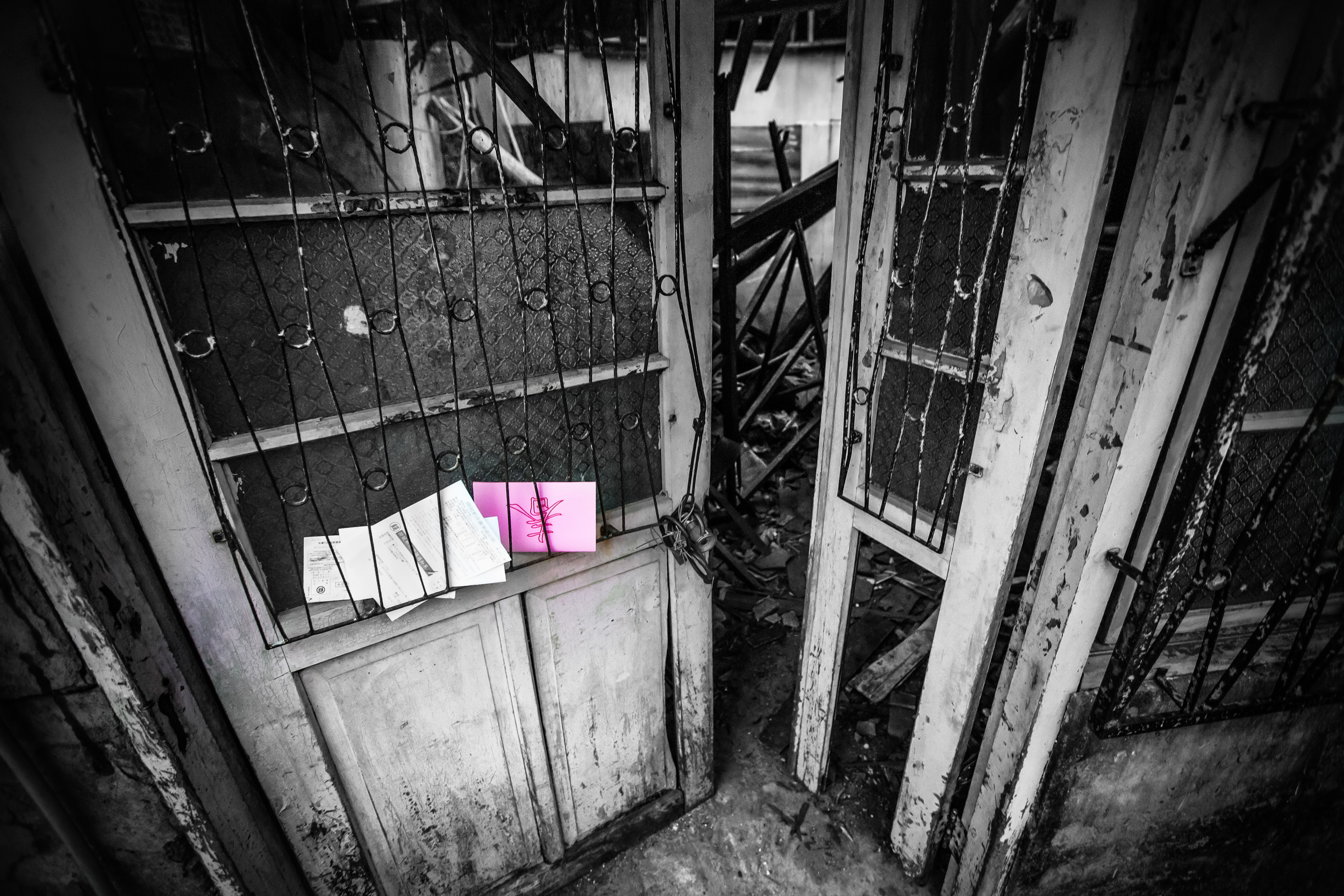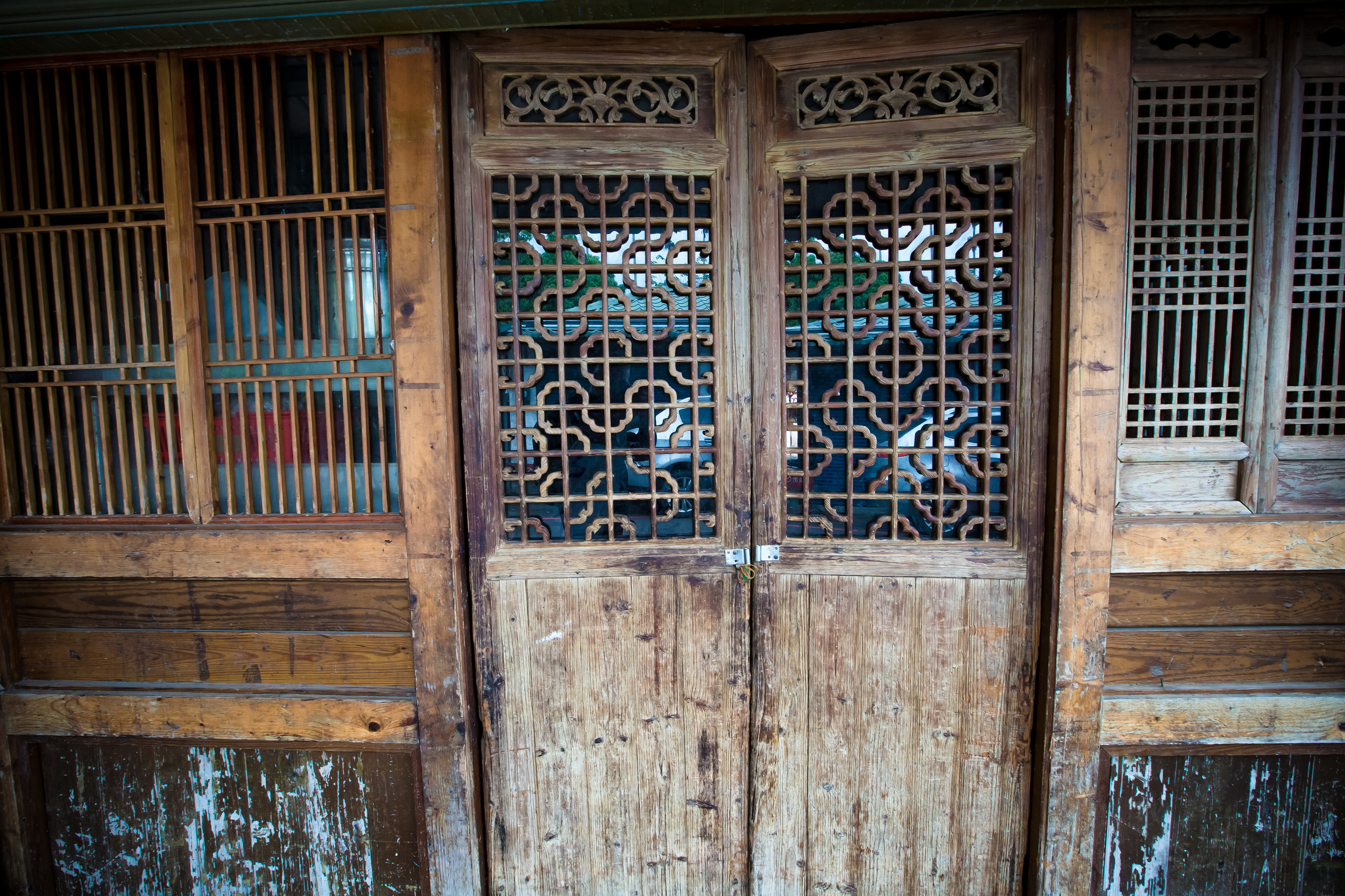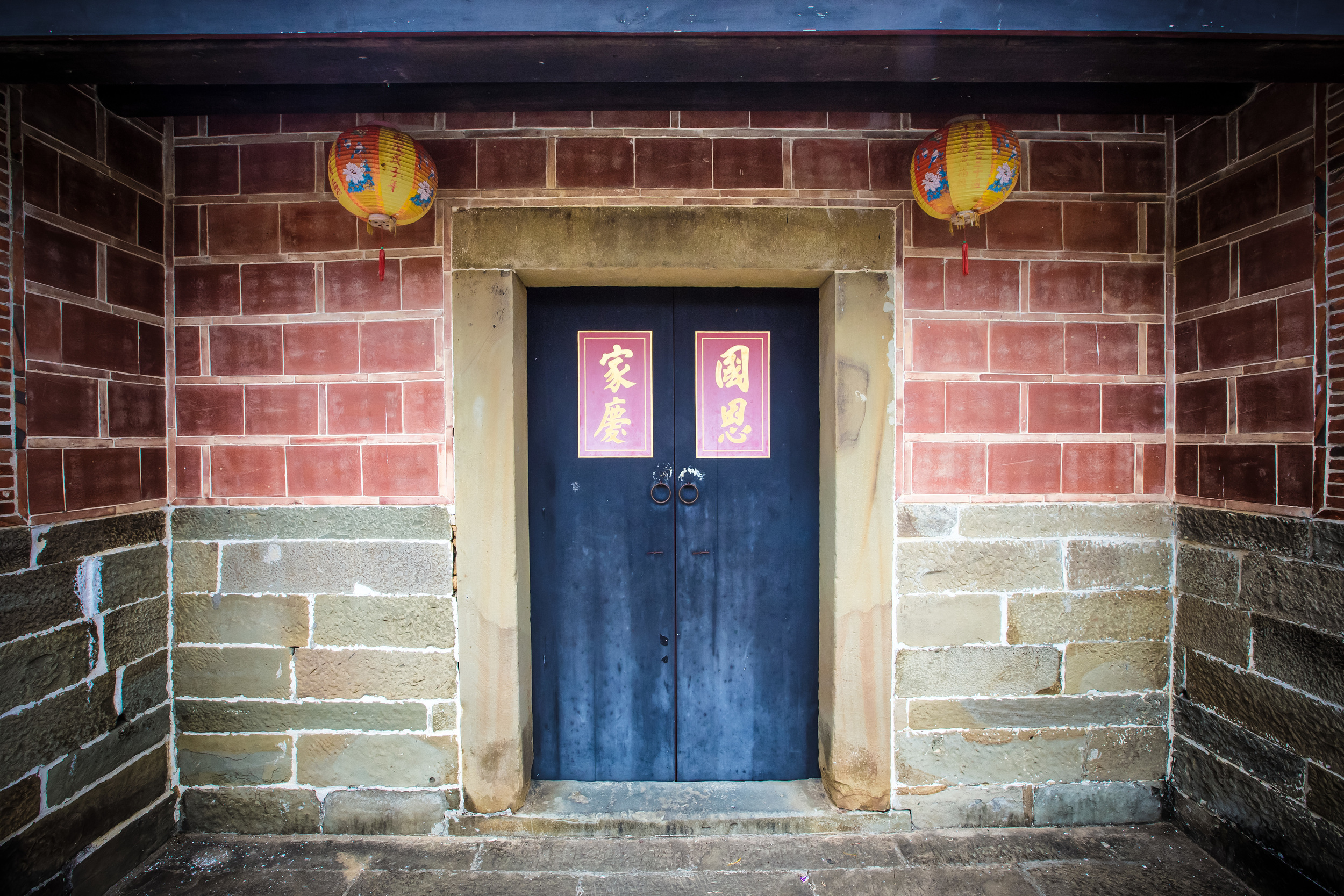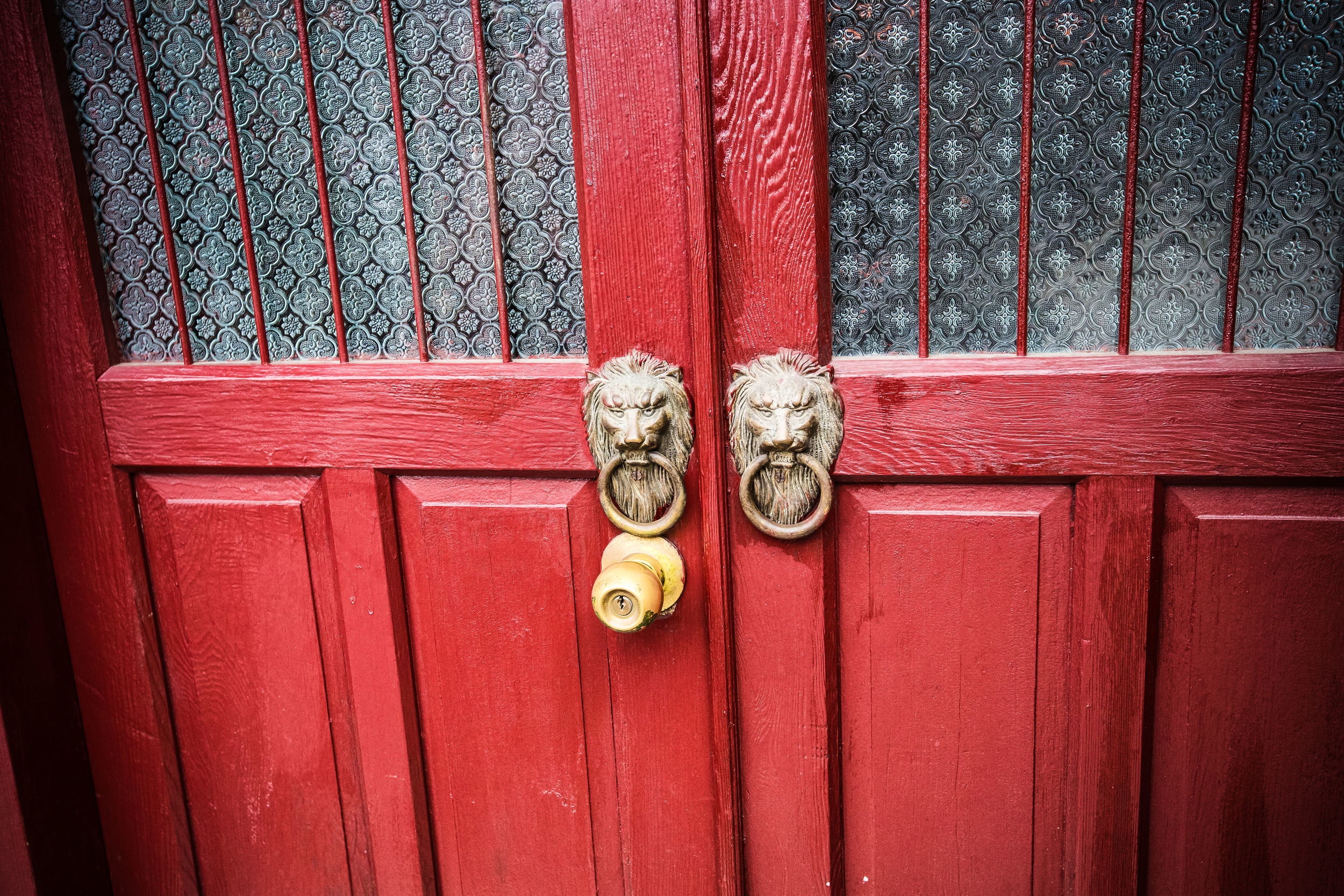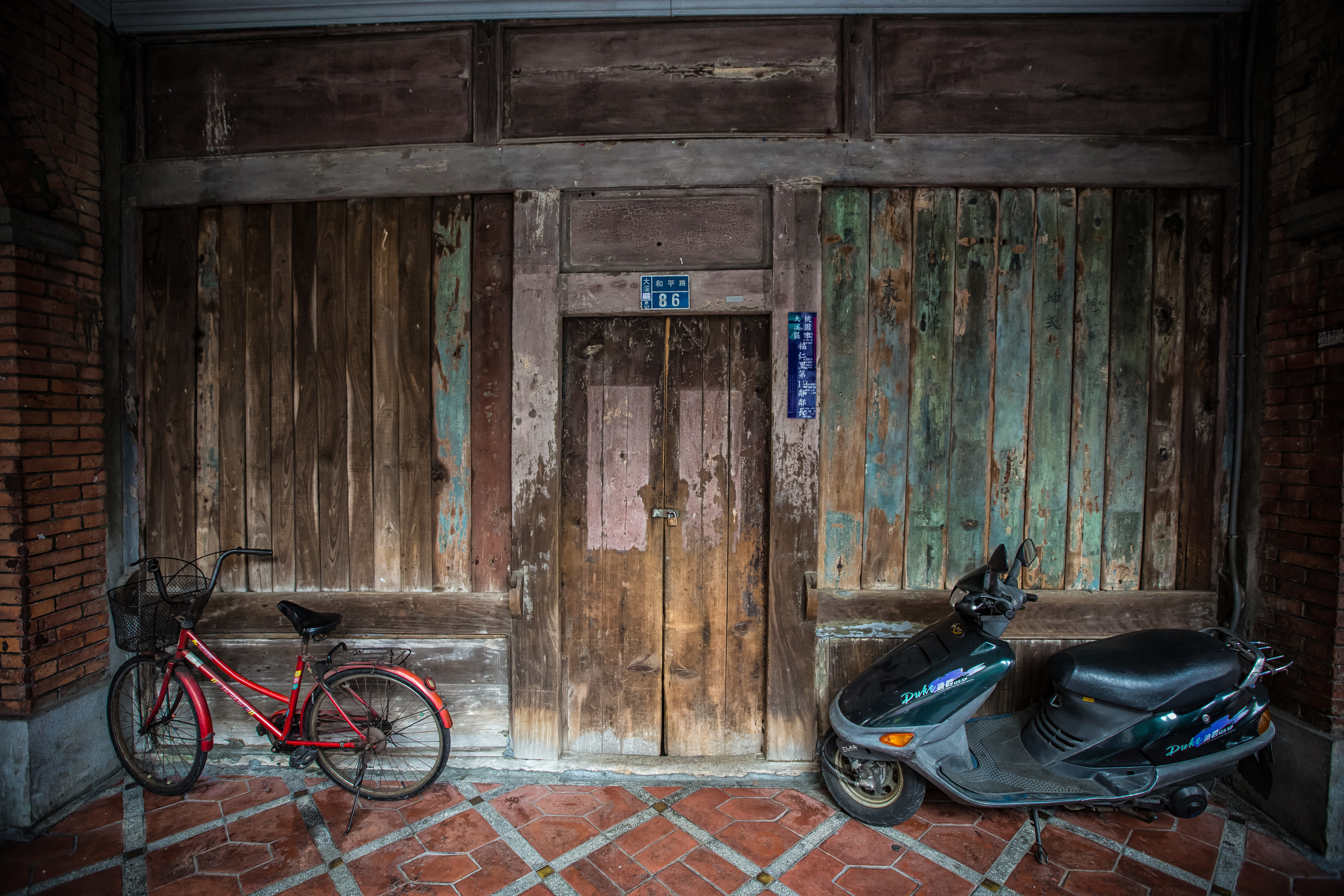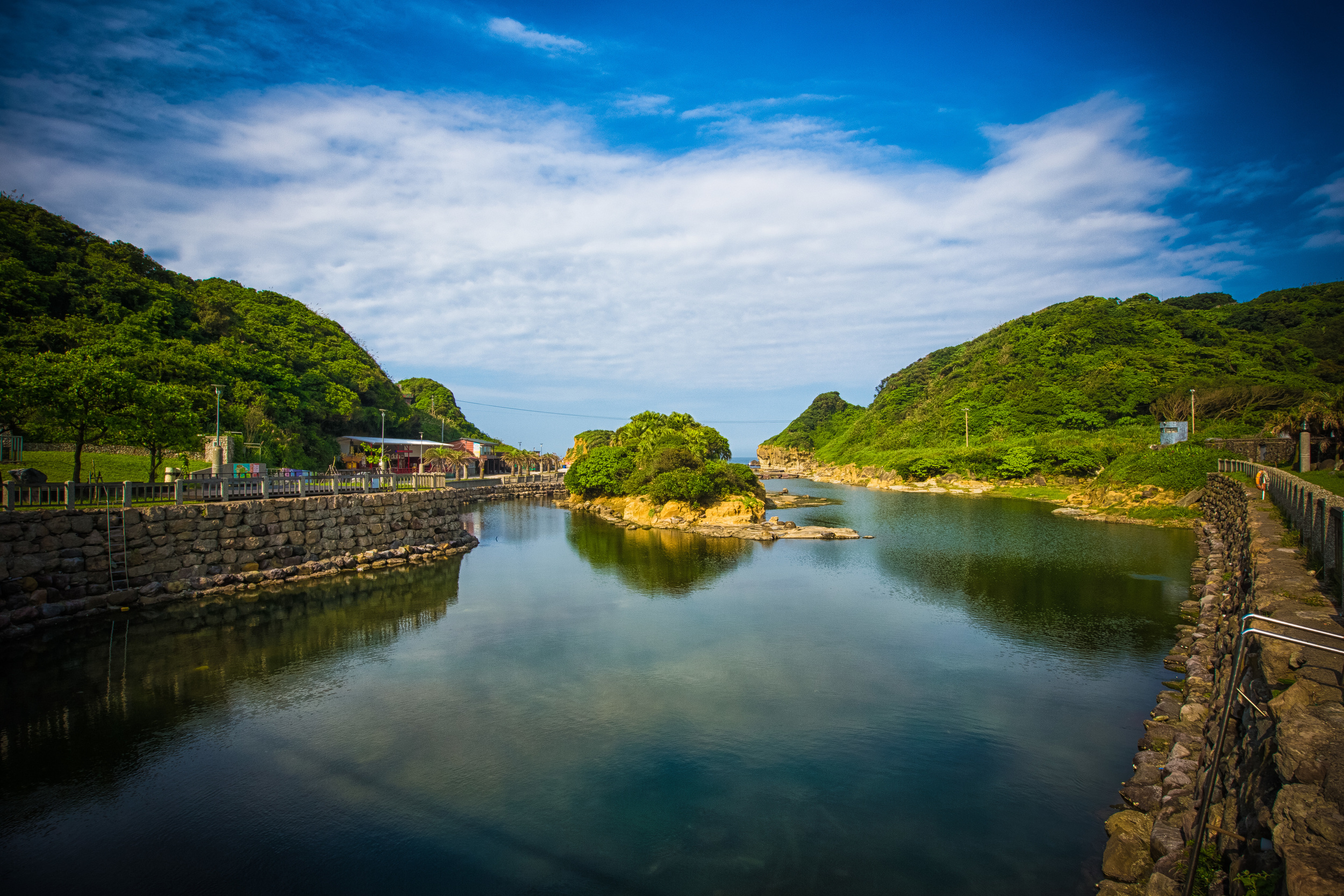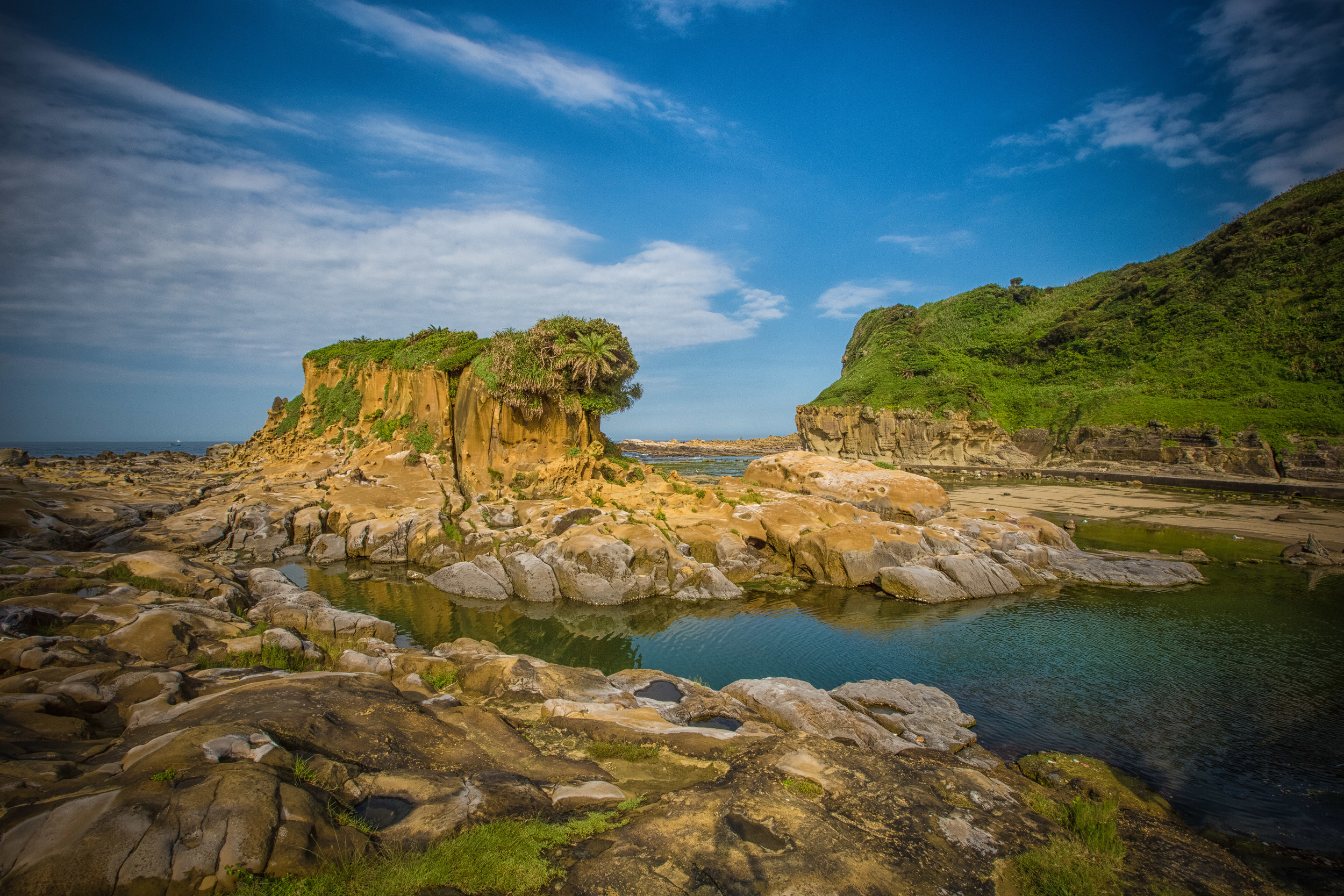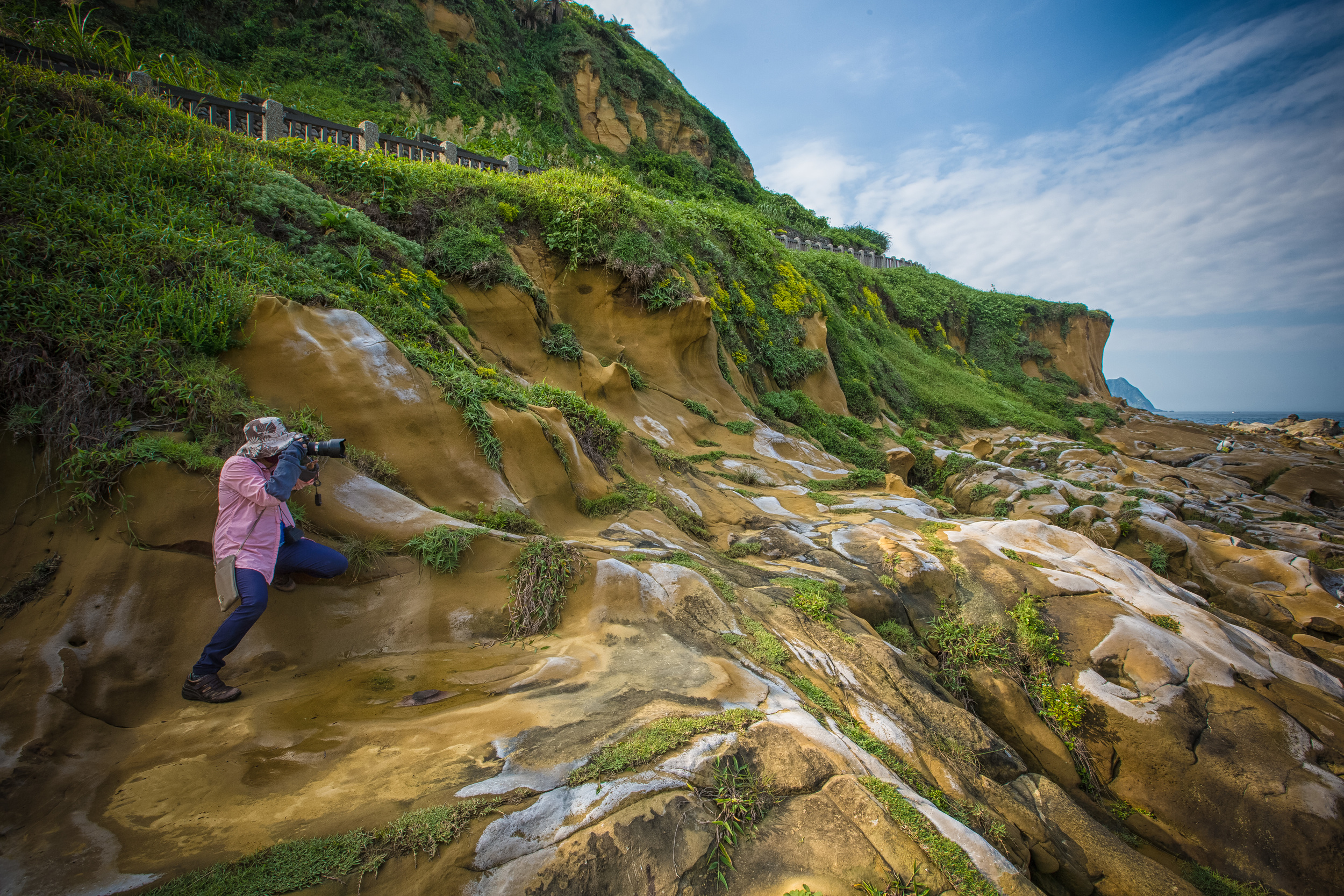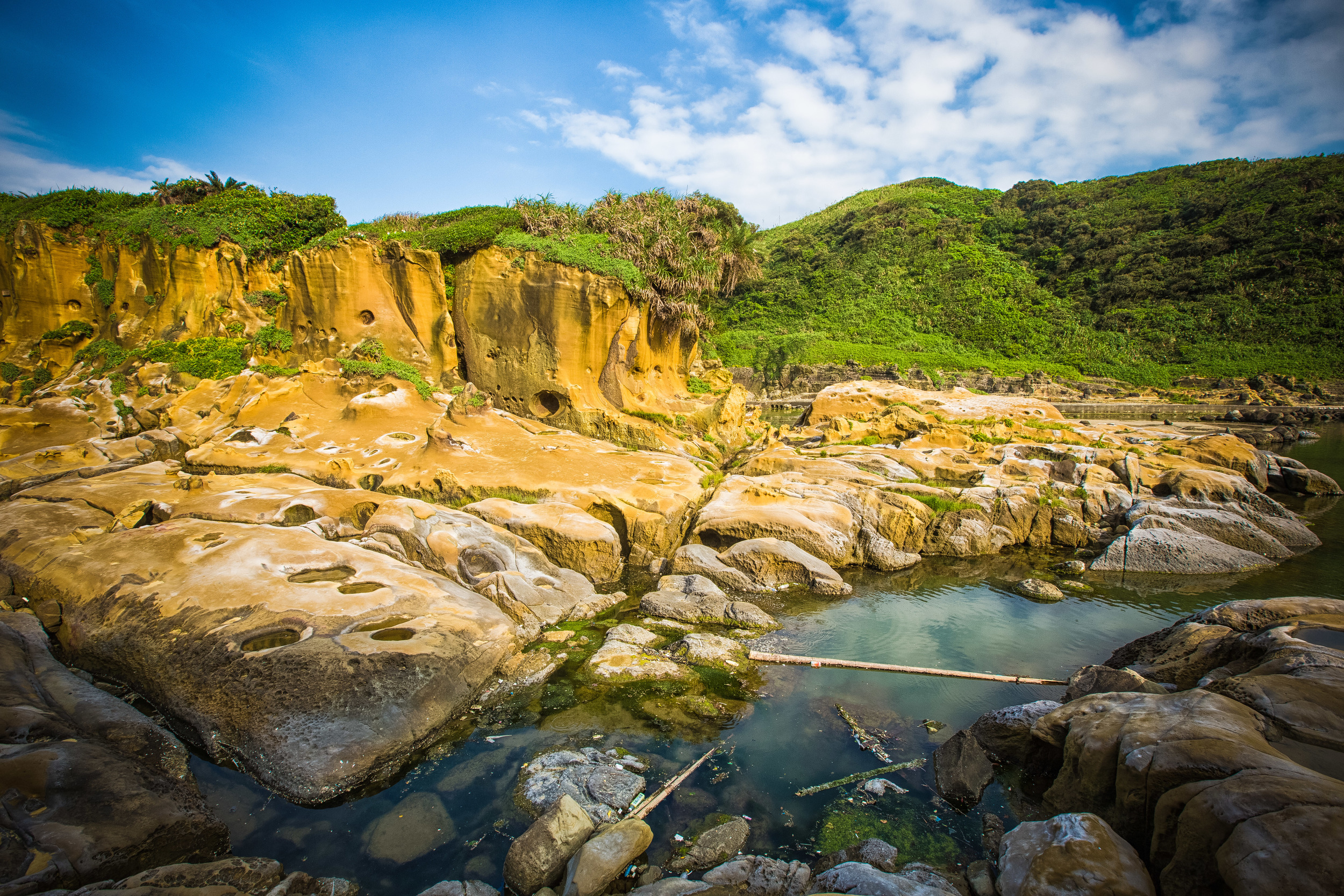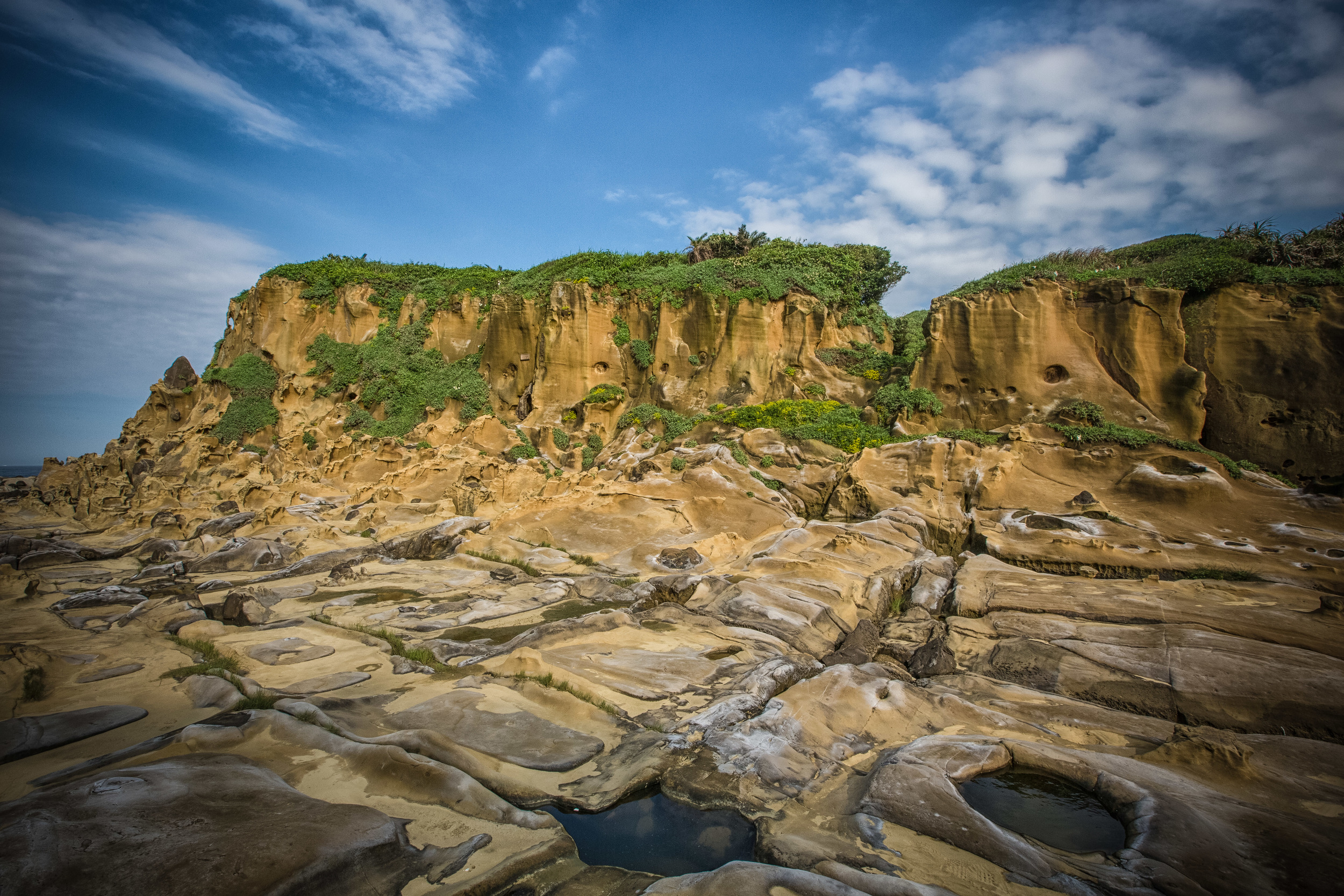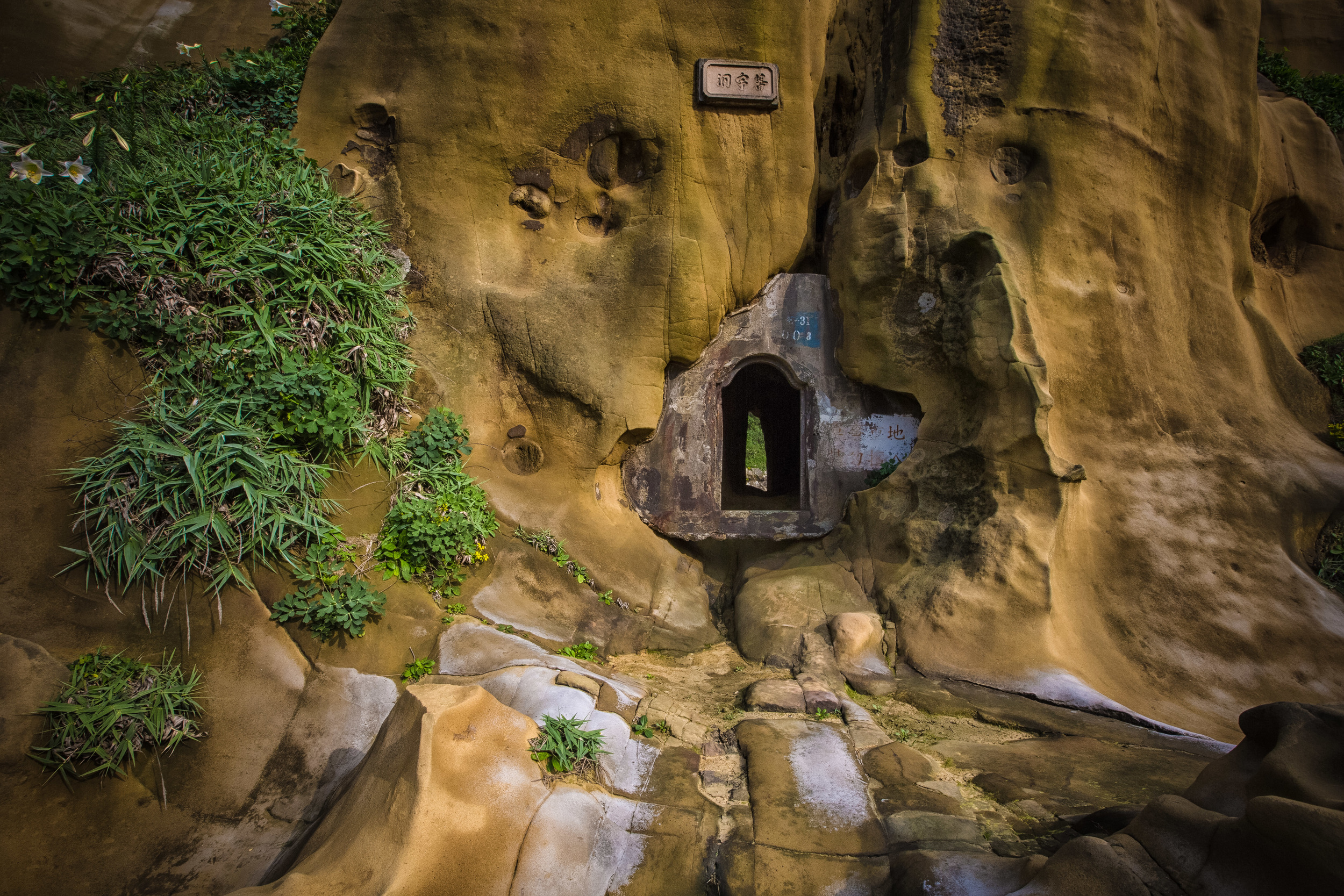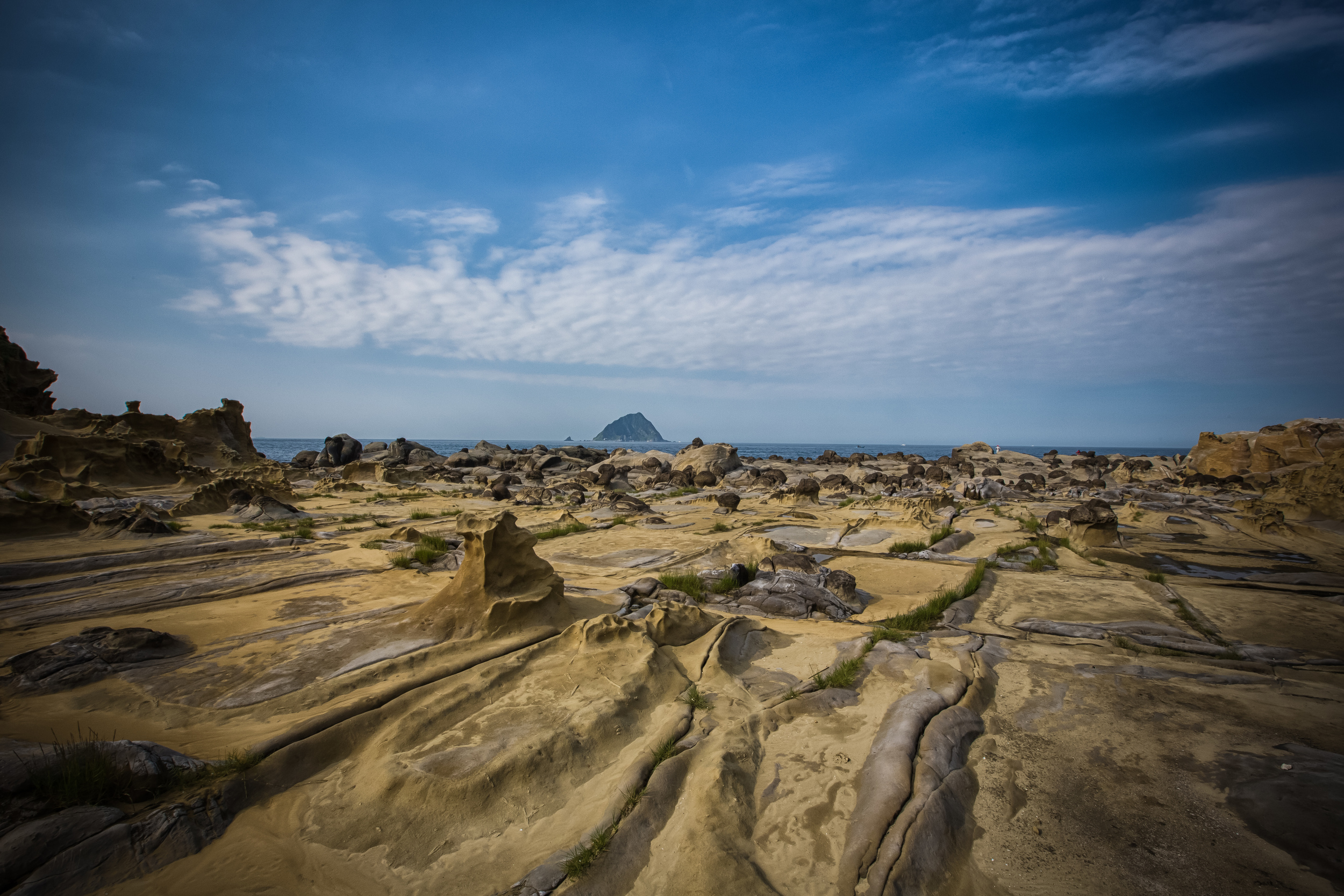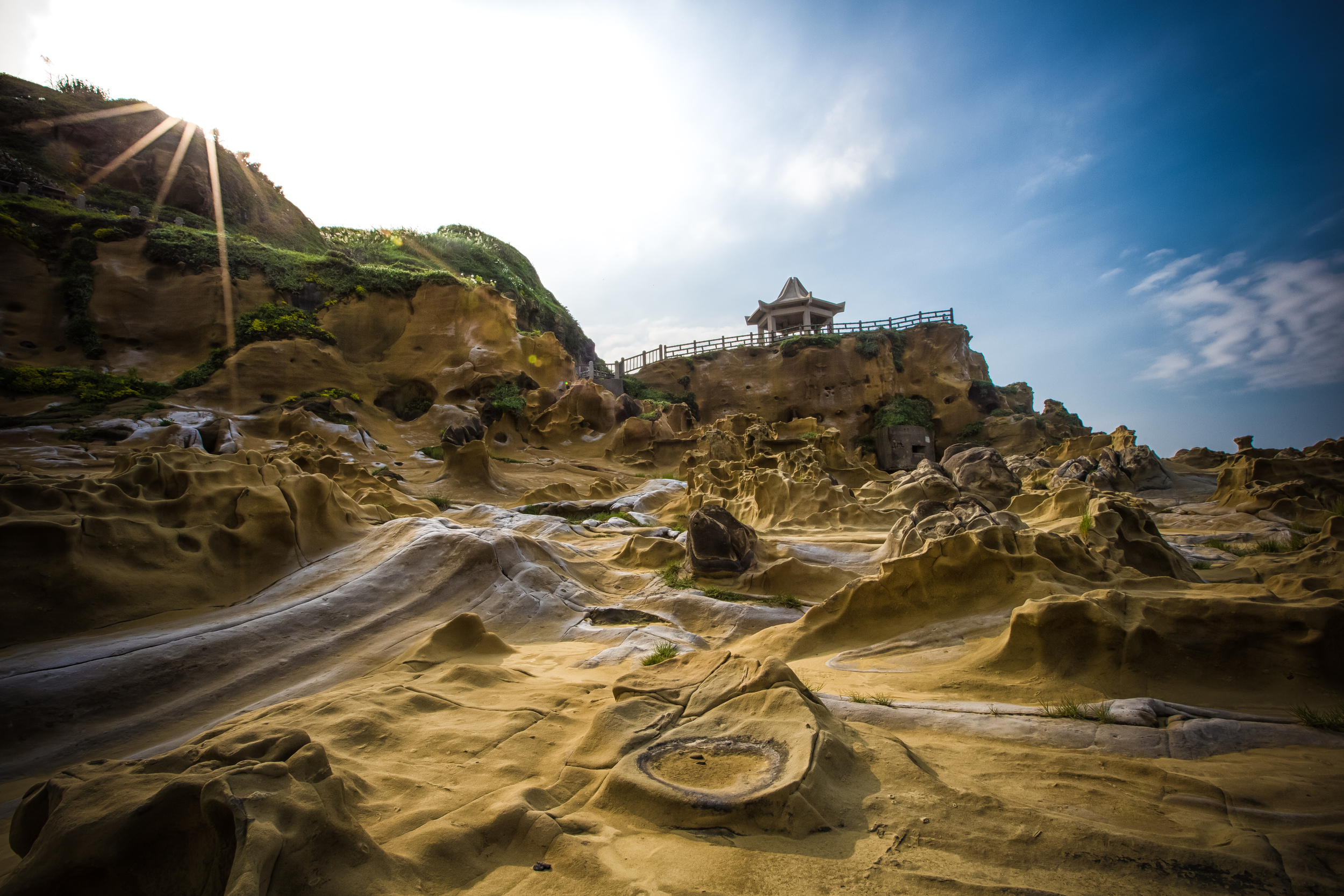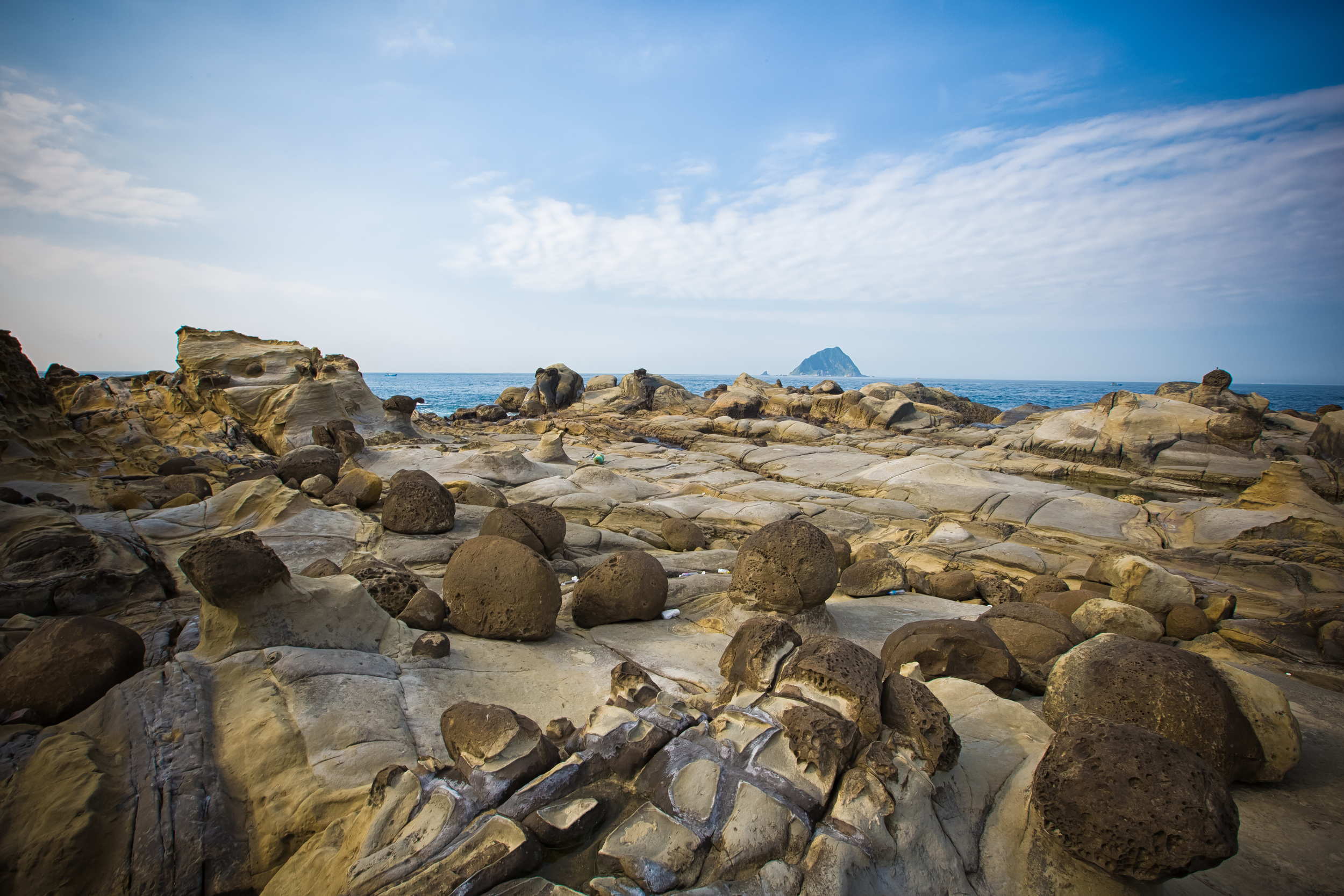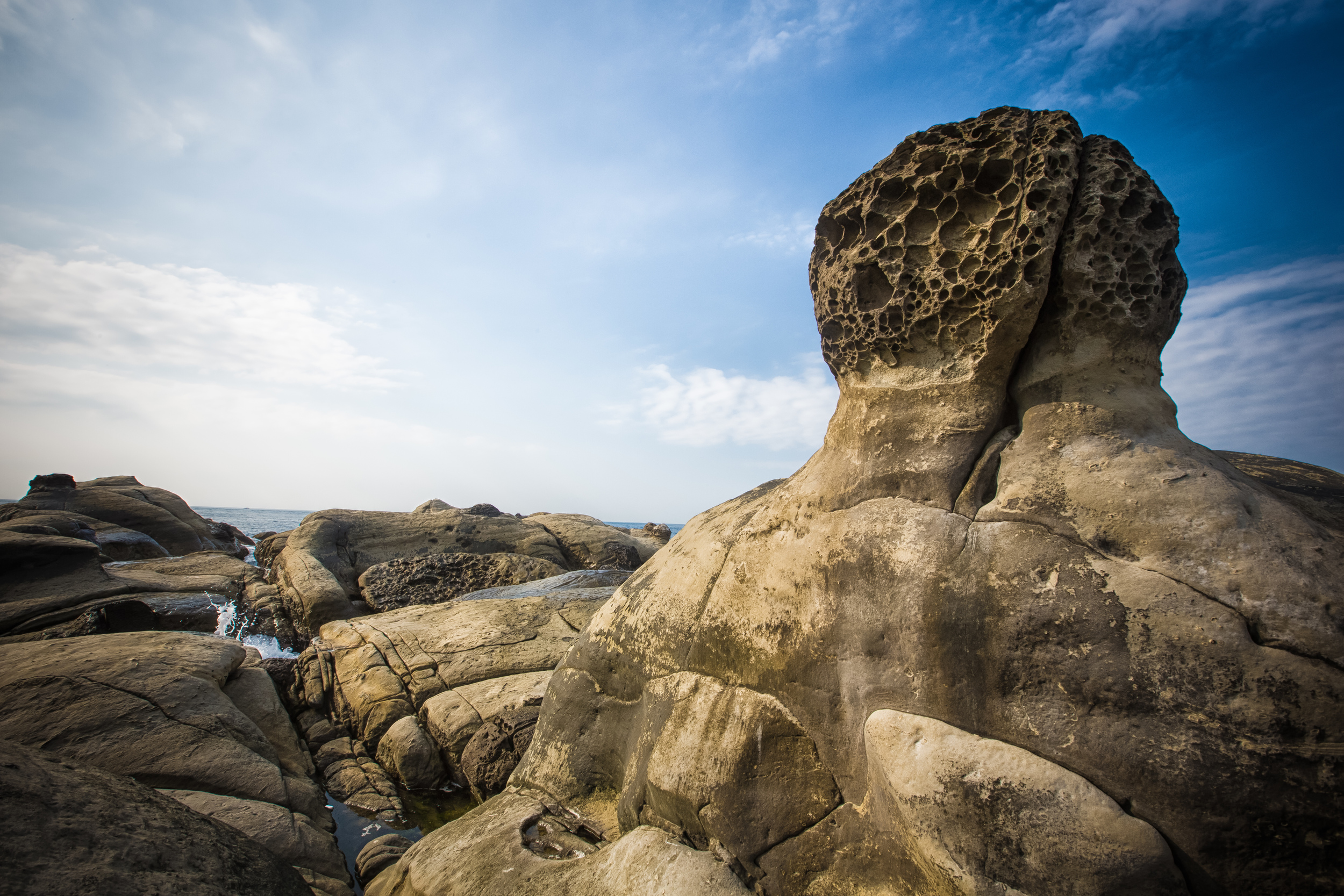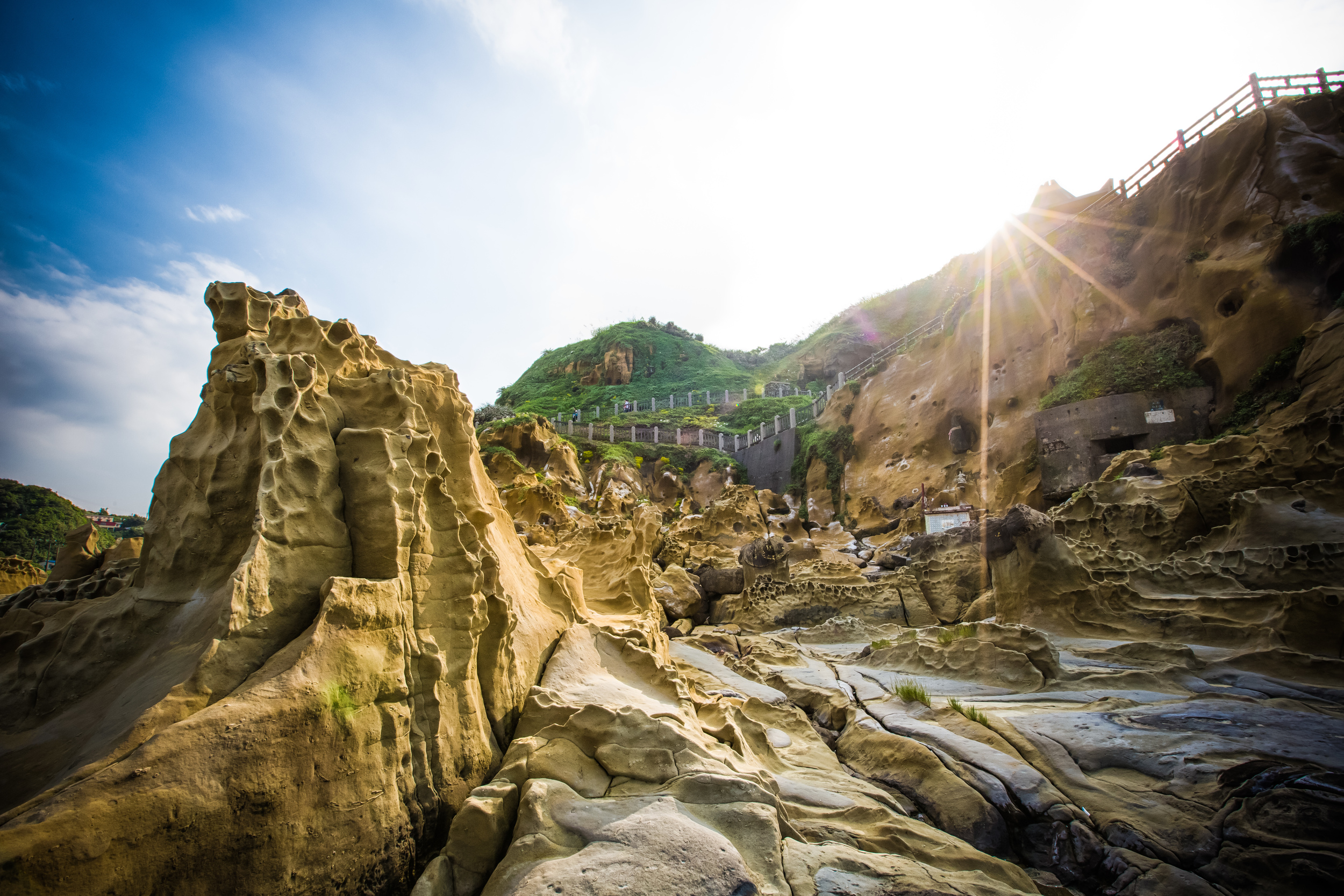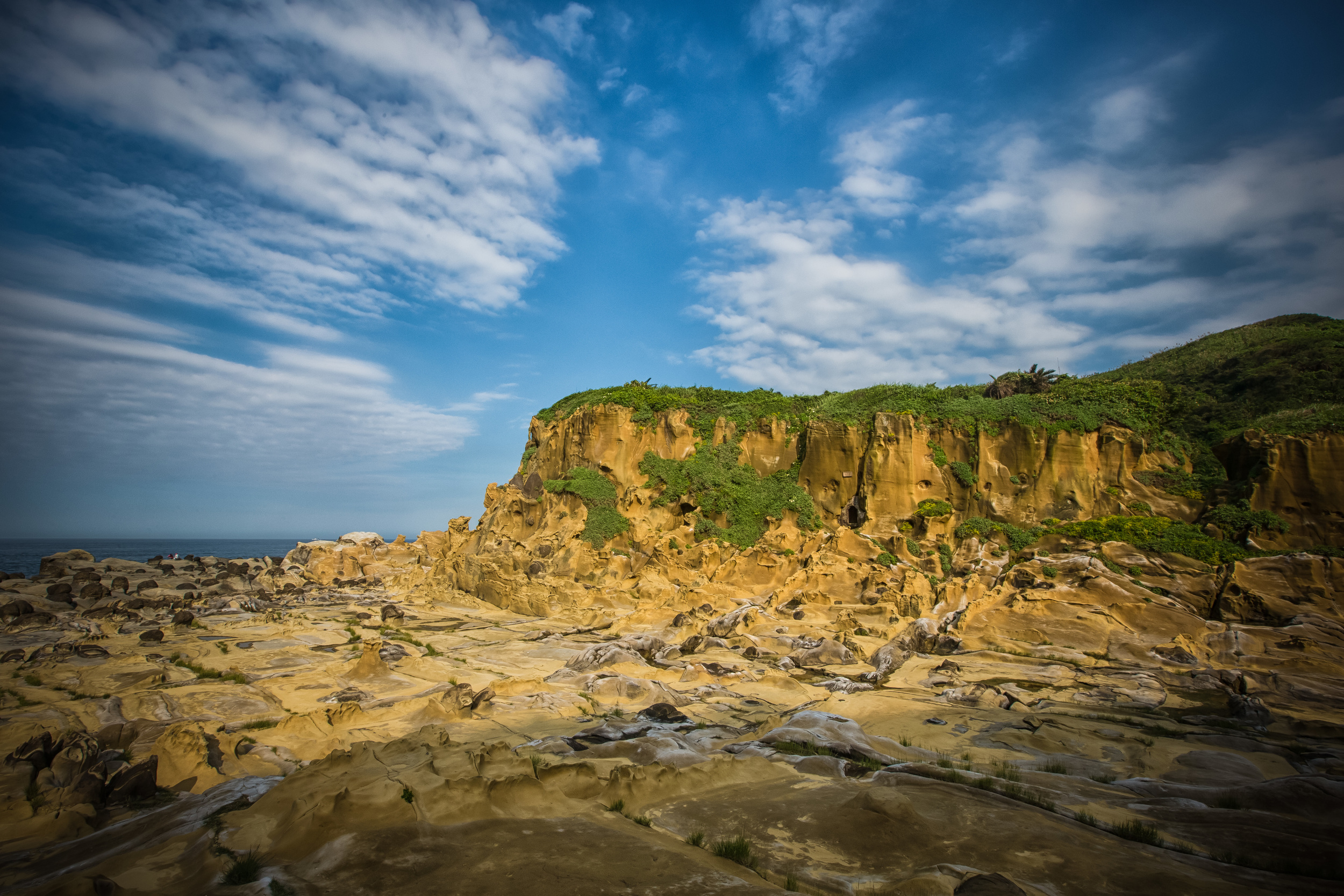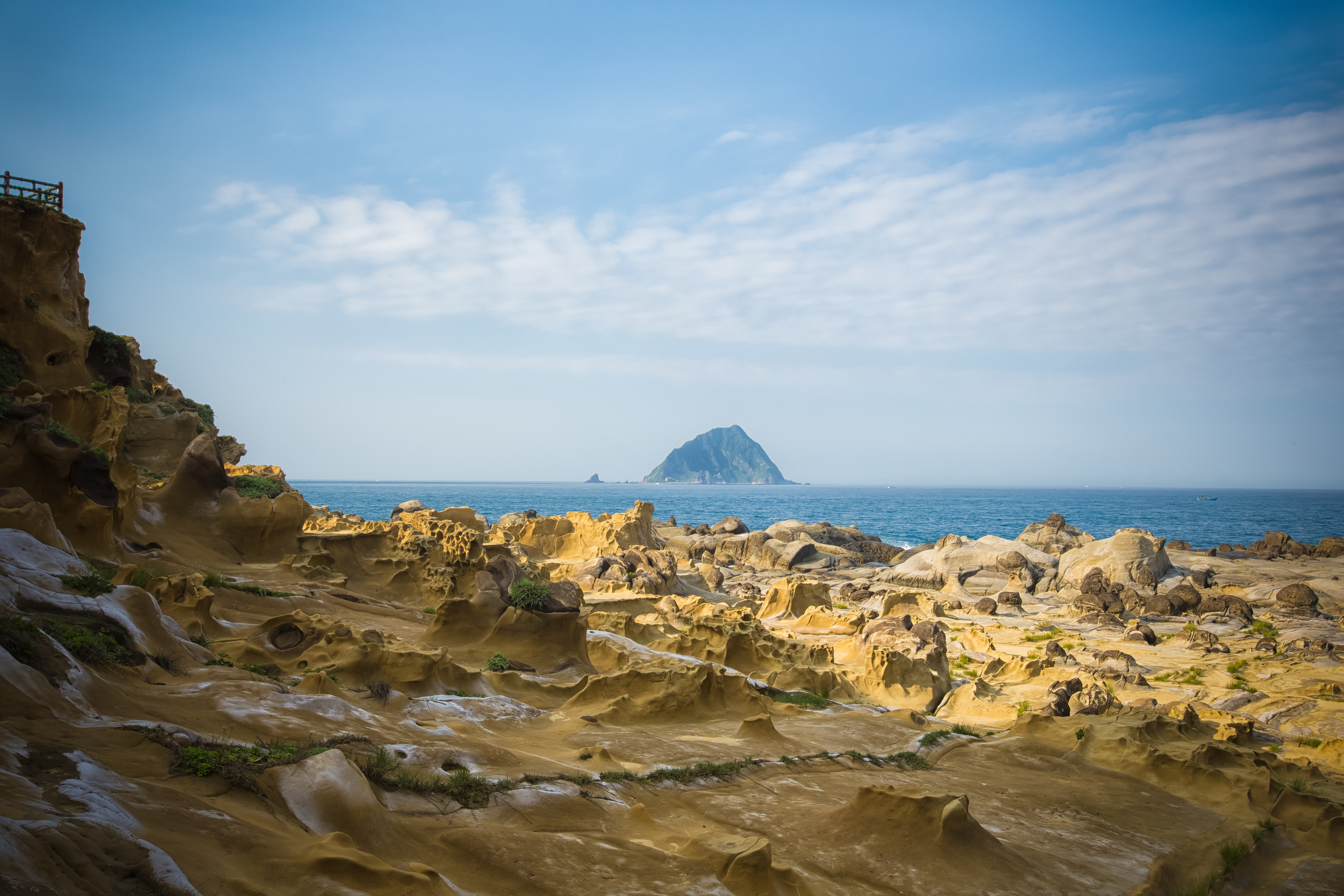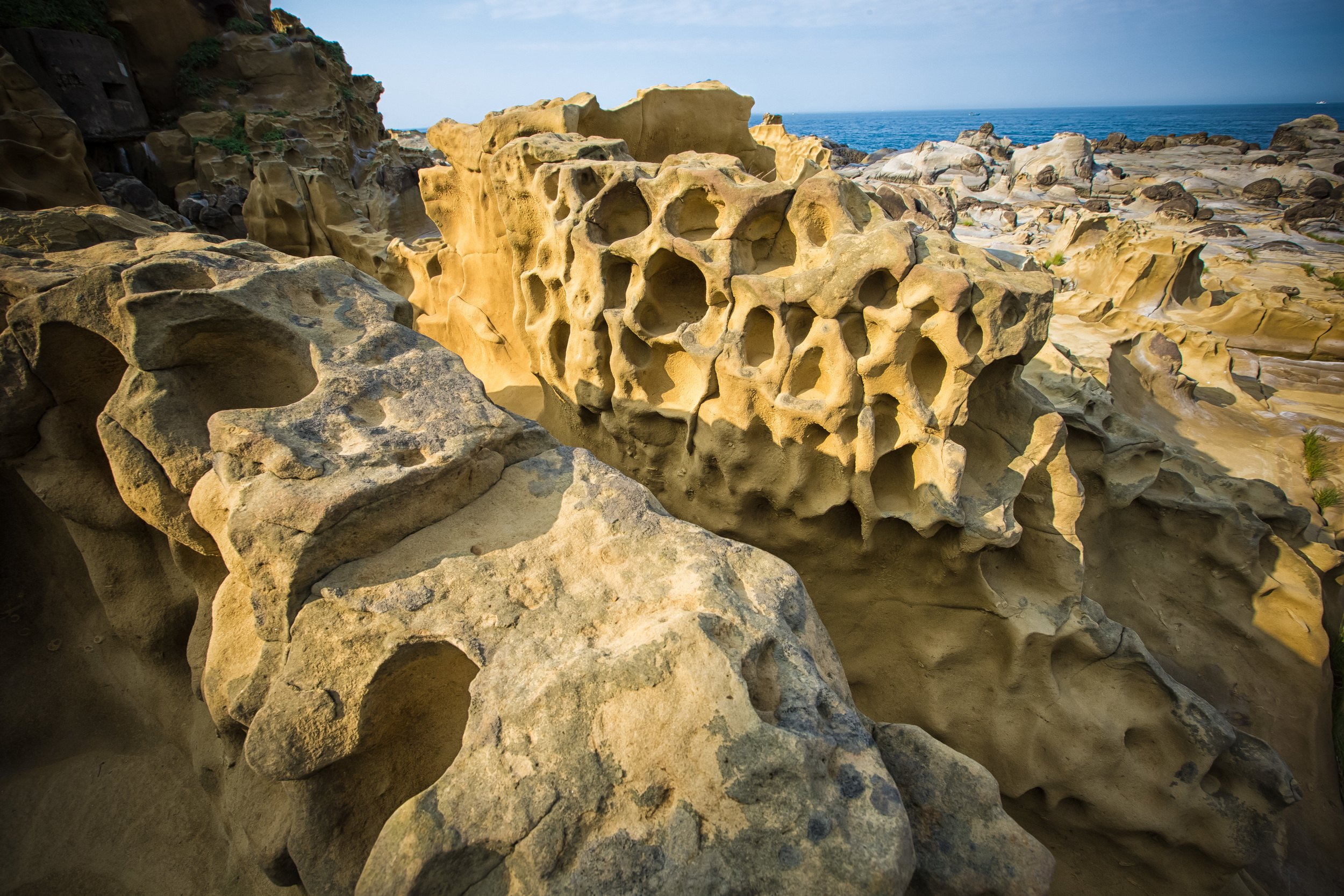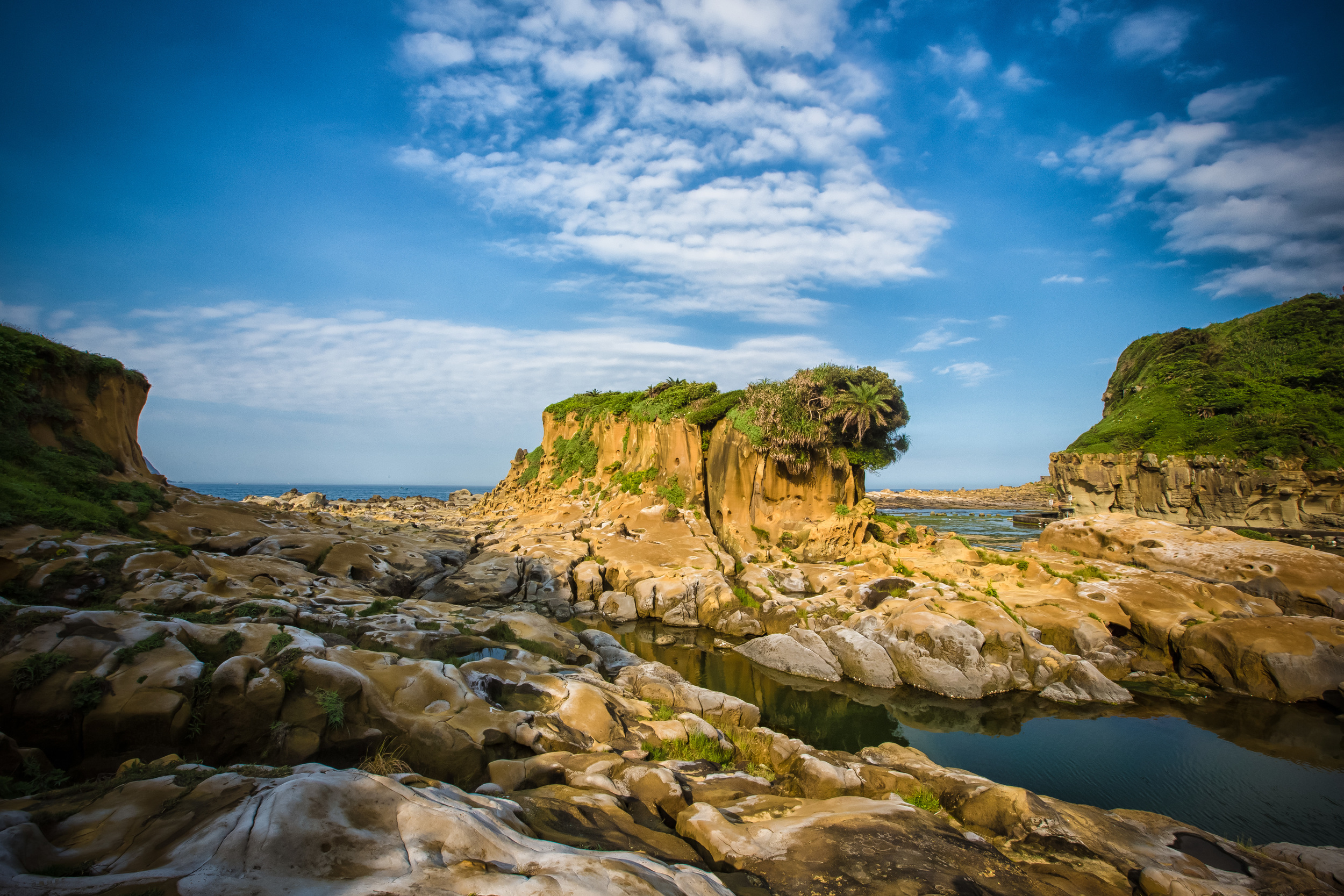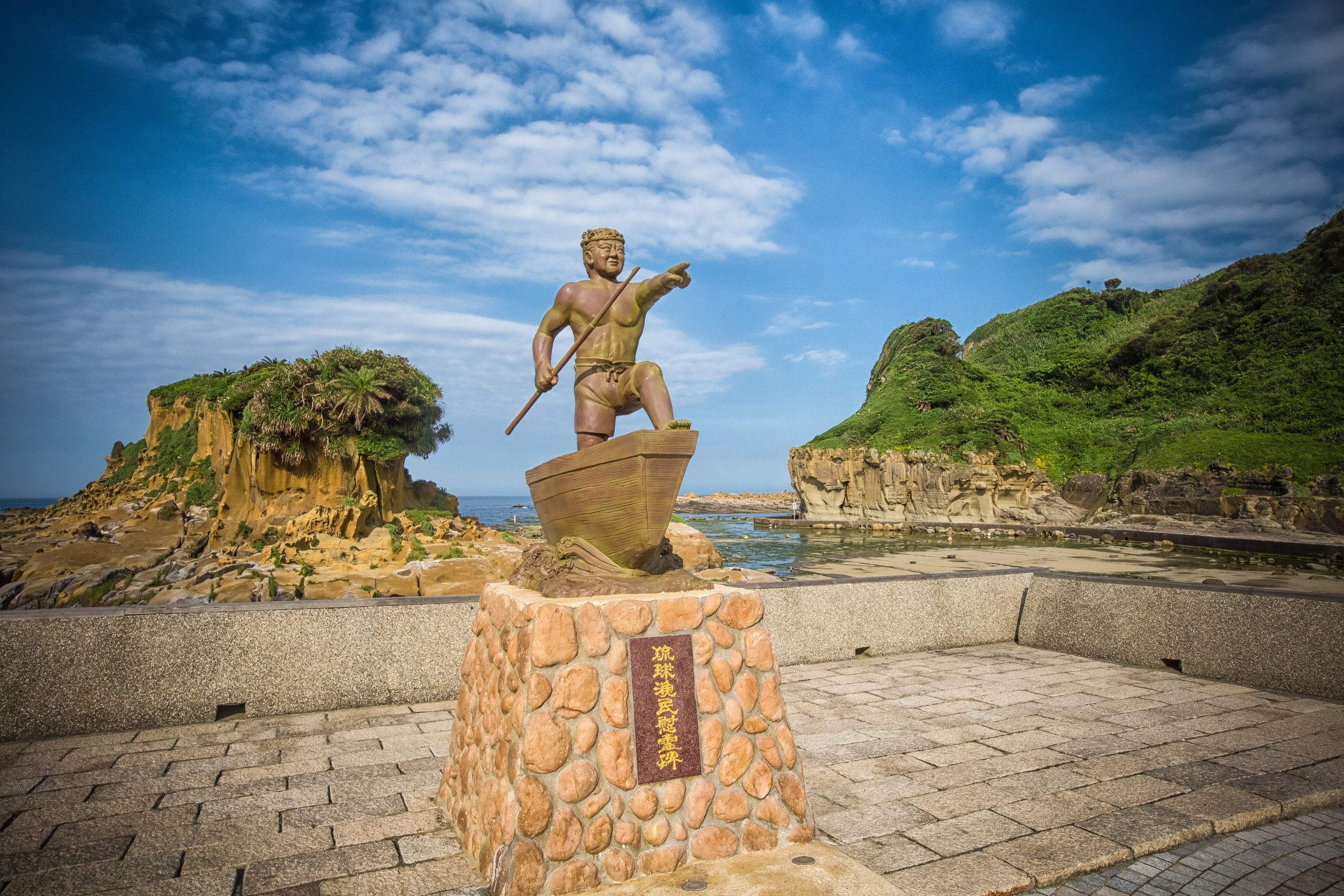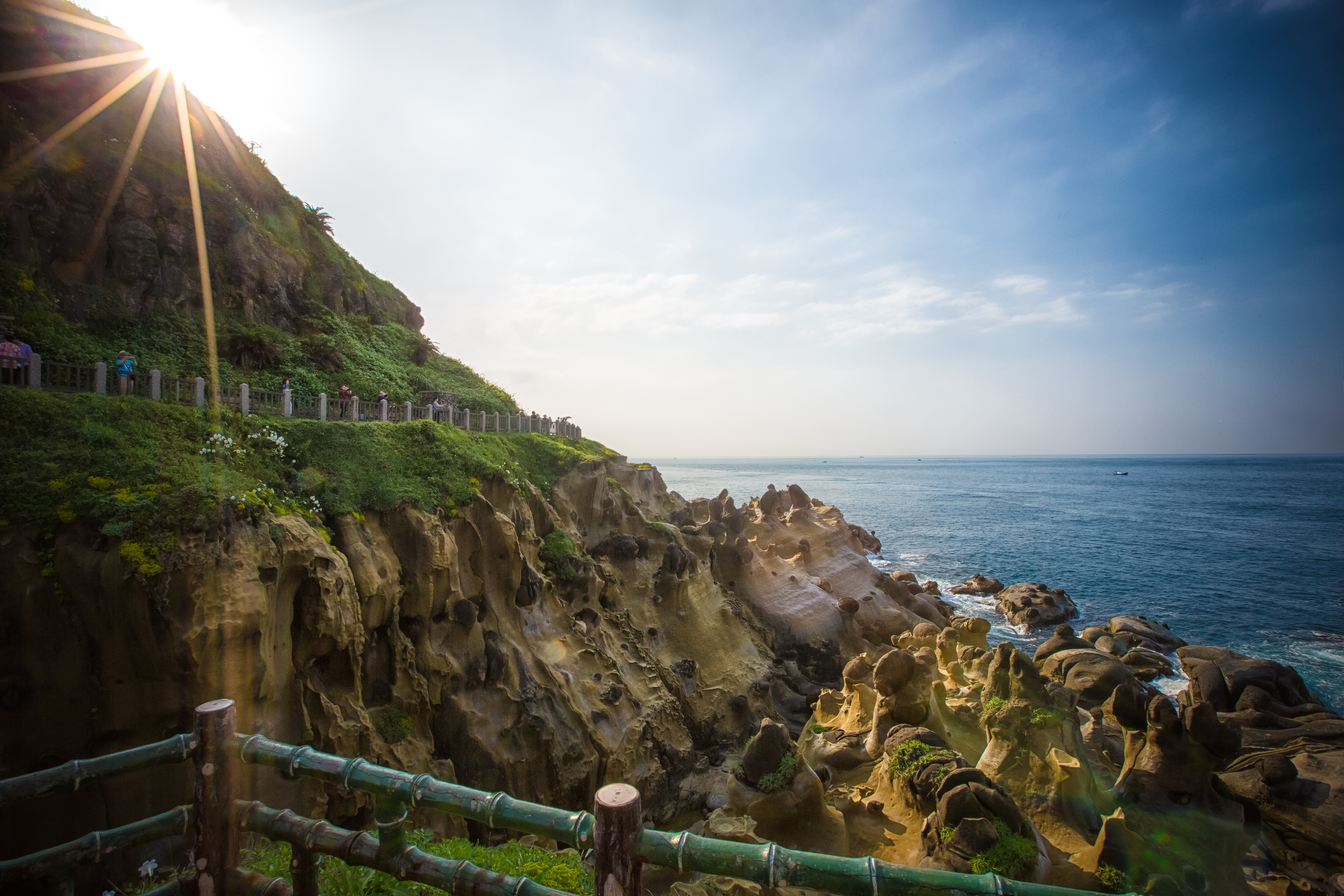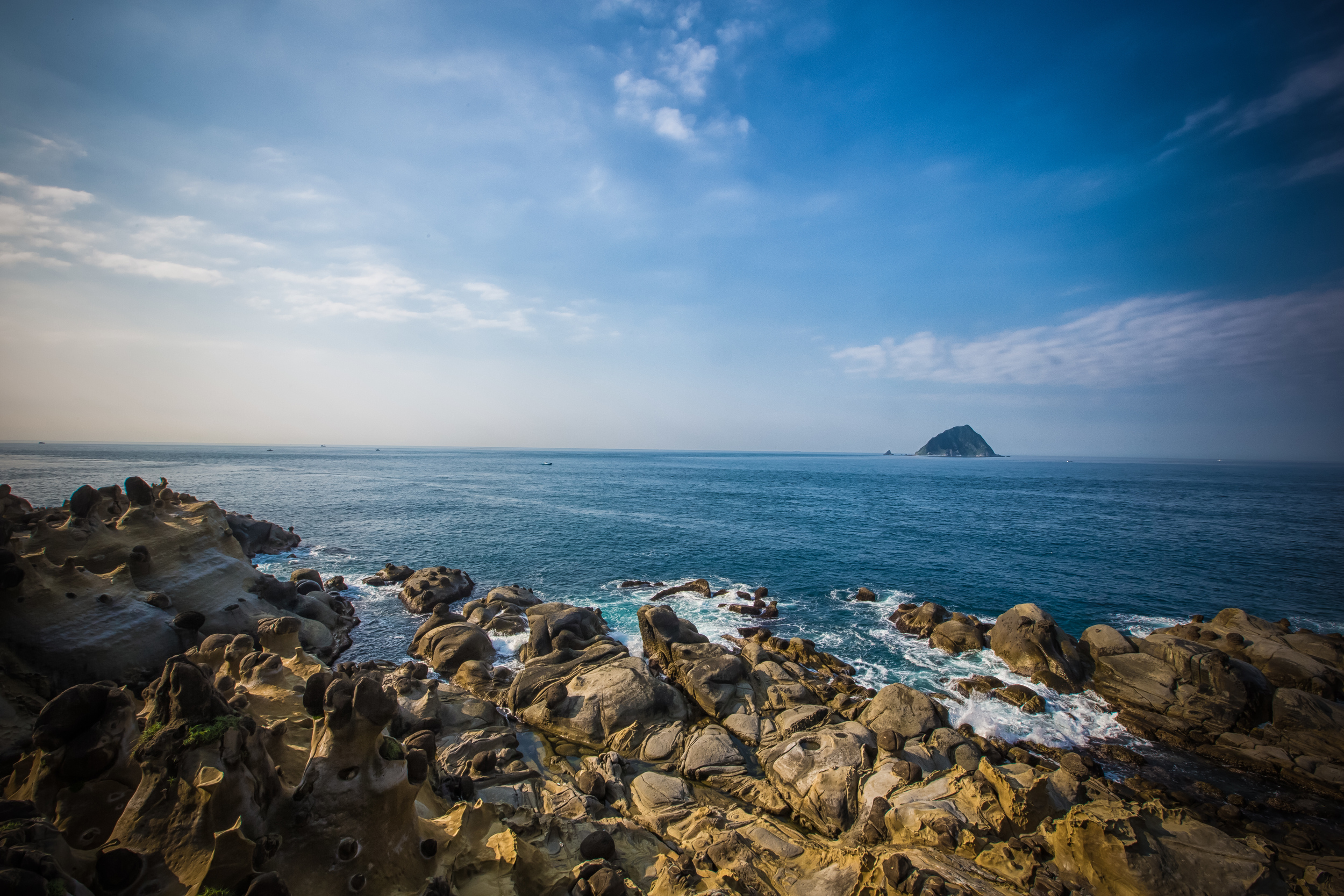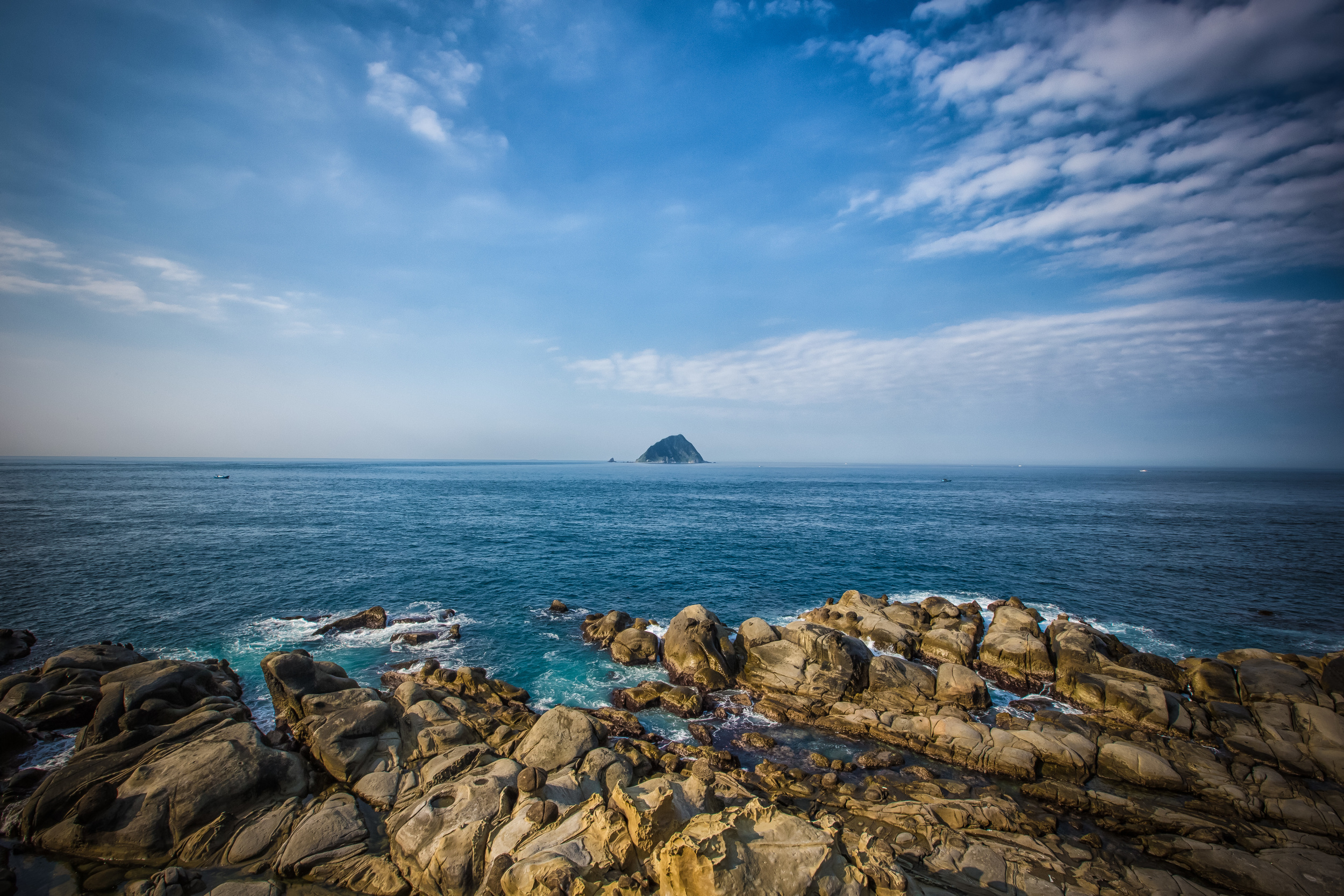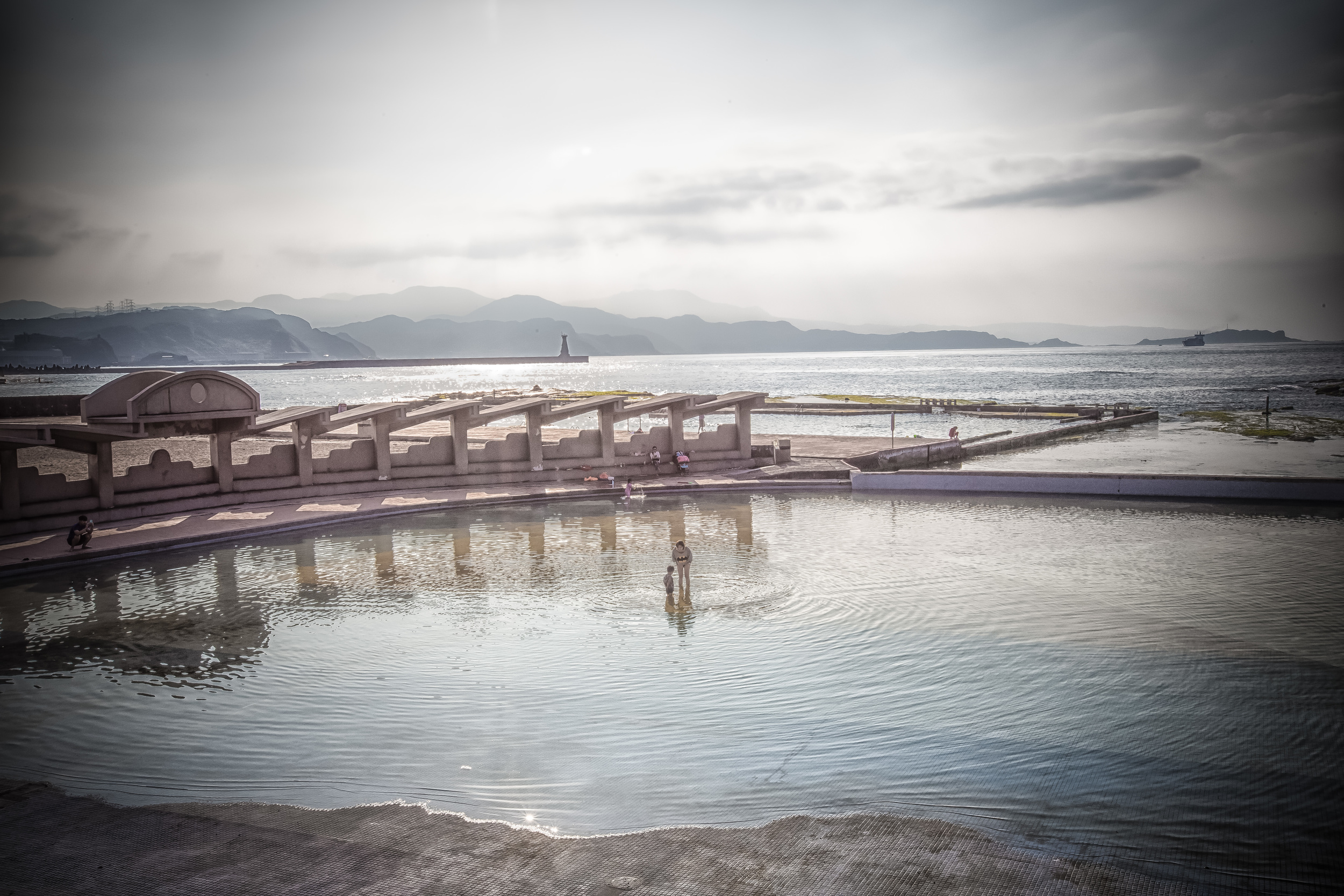I've recently come to the odd realization that over the past few years I've subconsciously become strangely attracted to taking shots of the entrances of people's homes. It came to my attention while I was sorting though my catalogue of photos on my computer and moving files over to one of my external hard drives.
It is just me or does it seem strange for a photographer to randomly take pictures of the entrance to someone else's home? I thought about it for a while and decided to do a Google search to try to find out if other people had a similar interest or if there were some sort of deep rooted psychological problem behind it. Unfortunately, just like all my Google searches, I eventually just started watching YouTube and wasted a few hours of my day on something completely unrelated.
However, after thinking about it for the past few weeks I've come to the conclusion that there are a few things that interest me about these doors. The first is more of a cultural difference - homes in Taiwan are much different than what I am used to back in Canada and older homes here tend to be much simpler than the more modern versions. Homes in Taiwan tend to be built on top of each other and there is no space in between them and of course no room for a yard.
The other reason I suppose is a bit more philosophical in that doors can offer a glimpse of the life of a family while also offering a bit of mystery. Doors provide both protection and privacy and when you see someone outside of their home, you often wonder if they are the same person behind closed doors.
In this way doors may seem like the close us off from the rest of humanity, but they also provide a sense of safety from persecution and allow people to be who they want to be in the privacy of their own homes.
To make this all seem a little less strange, I think I should clarify what I actually mean by "doors." What I'm actually referring to are Taiwanese homes with old-style doors. When I say "old-style" doors, I'm referring to the type that aren't the reinforced steel garage doors that are controlled by a remote control which bar up a home as if it were a jail.
I'm taking shots of older homes with wooden doors or Japanese sliding doors. What attracts me to them is that while the house is usually falling apart, the doors are usually brightly coloured and they look really cool aesthetically in contract to the home and even the neighbourhood around them. If you have a chance to walk through an older neighbourhood in Taiwan you should pay attention to these doors as they usually stand out.
Anyway, now that I've noticed this recent interest, I'll try to share a bit more from time to time. I have a library full of shots that I took but haven't bothered working on however all of the shots I'm sharing today are relatively new and were all taken in Daxi (大溪), Hukou (湖口), Beipu (北埔), Taipei (台北) and on Keelung's Peace Island (和平島)
I found this old home in the old residential section behind Beipu Old Street (北埔老街) and really liked the colours of the house, the fading Chinese characters that were beside the door and the sun that was setting at the time that I took the shot.
This door was probably once really pretty, but for security reasons the owner of the house put up bars around the windows to make it hard for anyone to break in. I'm pretty sure the door would be easy enough to kick down, but its the thought that counts. This one was on Peace Island in Keelung where a lot of the buildings are quite old.
These two doors were in a military village in Taipei. In the shot on the left, the blue door has the word 「好」on it which means good. The door on the right has an upside down 「春」which refers to "spring" or new beginnings. It is common to place wishes on doors during the Spring Festival in China and Taiwan and most houses will have some sort of greeting on them. Military villages across the country are disappearing and this one has been preserved. I question a bit of its authenticity, but I do like the faded concrete with the bright painted doors.
The last shot I'm going to share is one that I took before realizing I had this strange obsession. I don't think I took this shot because of that though. What I noticed while walking by was the colours. To me it was almost a harmonious reflection of Taiwan's less-than-harmonious political spectrum. The green door on the left represents the Pan-Green coalition of political parties which work towards dejure independence and nationhood (which I find strange since Taiwan is already a country) and the blue door represents the Pan-Blue coalition led by the Chinese Nationalist Party (KMT) which favours better ties and ultimate reunification with China. The fact that both of these can live together in harmony though is a reflection of Taiwanese society.
Gallery

